|
At Jo Churchill MP’s request, Anglian Water invited a number of Lark stakeholder organisations including RLCP to spend a morning to brainstorm how future government policy might aid restoration of chalk streams such as the Lark over the next few years. Rebecca Pow MP, until recently the Environment Minister for rivers also attended. RLCP pitched in actively in the discussion and assisted in organisation, including Steph providing home-baked cakes for everyone. Jo Churchill sent a message to thank all the participants for their time and Sam Westwood from Anglian Water thanked Annie and her team from Fullers Mill Gardens for hosting us at very short notice. Jo Churchill MP and Rebecca Pow MP at Fullers Mill Gardens Lark Flagship - major step forward
At the event an MOU (Memorandum of Understanding) was signed between Anglian Water and RLCP covering the two years of planning for implementing the Flagship project at the end of 2024. The Lark Flagship is one of 12 chalk streams identified as a national priority. At the Chalk Stream Flagship national launch last year, Rebecca Pow Environment Minister stated: “Chalk streams are both incredibly rare and a hugely important part of our environmental heritage” Tony Juniper Chair of Natural England added “These habitats are subject to a complex range of pressures, however, from pollution arising from road runoff, agriculture and sewage, to low flow resulting from abstraction for public water supply and physical damage to the water courses.” The Lark is one of the first Flagship projects to be fully underway. Planning work has already started with a “natural capital” study commissioned and completed. The River Lark at Fullers Mill, July 2022 Here are some of the latest things our volunteers and members have been up to since March 2022: Fullers Mill Work Parties Once we had finished the project at Flempton Bridge, we returned to Fullers Mill to install 6 tonnes of gravel into the river! This was hard, physical work, but will massively improve the biodiversity in the river, improving the habitats for invertebrates and spawning grounds for fish, and therefore helping birds and mammals as well. Huge thanks to Glenn and all the volunteers who came to help us. Tributaries Group - Water Quality Testing Our Tributaries Group had their first sampling day in March, doing a snapshot sample of all of the tributaries near the confluence points with the River Lark. Tributaries Snapshot Sampling Day, Fullers Mill, March 2022 Since then, we have also had three sampling days: Tuddenham Stream, Culford Stream and the source and confluence points of most of the tributaries. Tuddenham Stream Sampling Day, March 2022 Culford Stream Sampling Day, April 2022 Tributaries Source and Confluence Sampling Day, May 2022 The pollution group will be discussing how we use the data we collect, and where we will be sampling from the Autumn. Promoting RLCP at Events Some of our fantastic volunteers have been representing RLCP at various events in Bury St Edmunds since May. Thanks to Graham, Caroline, Andrew and Steph for manning the RLCP stall at two Eco Markets and the Bury BioBlitz in the Abbey Gardens. We have had some really great discussions with members of the public and we have picked up some new members and supporters. Caroline and Graham manning the RLCP Stall, Bury Eco Markets and Bury BioBlitz Information Board Installed at West Stow Country Park Our second information board is now installed on the path next to the Lark at West Stow Country Park (the first one is at Fullers Mill Gardens) and celebrates all the hard work of our volunteers back in the Autumn last year along with our friends at Bury Trout Club. Do have a look next time you are walking along the river! Steph with the noticeboard at West Stow Himalayan Balsam Alongside our friends at Bury Water Meadows Group, our volunteers have been hard at work in the last few weeks helping to survey for and remove himalayan balsam along the river bank from Bury up to Hengrave. Thank you to all our volunteers who braved the heatwave, humidity, nettles and mosquitoes to help us keep this invasive species under control. Special thanks to Glenn for leading our work parties with his usual dedication and humour. Himalayan Balsam Work Parties July and August 2022 We are looking forward to seeing some of our volunteers and members over the summer and plans are well under way for our Autumn programme of restoration and citizen science projects.
Steph Holland Some of our RLCP Volunteers working at Flempton Bridge, February 2022 Our work parties restarted in January and it was wonderful for our volunteers to get back together again. Here are some of the things we have been doing in the last few months: Flempton Bridge We had to cancel the penultimate work party in February due to storm Eunice, but we managed to fit in three sessions in January and February. Our volunteers have achieved an amazing amount in a short space of time! We've installed log deflectors, created brash bundle shelving and started cutting a lot of instream willow branches. Thank you to everyone who braved the cold weather and gave such a lot of effort and enthusiasm. Tributaries Group As part of our pollution group, we launched our tributary water quality monitoring project in February with a training day held at Tuddenham Mill, which was delivered by Sam Hurst and Zac Battams from Norfolk Rivers Trust. You can see some pictures from our training day below. The Tributaries Water Quality Testing Group at Tuddenham Stream  The RLCP would like to thank Cllrs Glossop, Hopfensperger, Harvey and Nobel for their generous support of the Tributaries Water Monitoring Project. They have each used some of their district and county council locality funding budget to enable us to buy testing equipment including a Lovibond MD 610 colorimeter and some reagents for us to test for things such as ammonia, suspended solids, phosphates, nitrates and nitrites. We would also like to thank the Environment Agency for some funding towards training to use the new equipment. Pollution Group visit to Fornham Water Recycling Centre
A few members of the pollution group were treated (excuse the pun...) to a very informative and interesting tour of the sewage works at Fornham in February. It was truly eye opening to see how the process works and to meet the very dedicated team of managers who look after the whole region's waste water. We left feeling very enthusiastic about the positive relationship between us and Anglian Water and their commitment to tackle pollution in the River Lark. A huge thank you to managers Claire, Andy, Alan, Grant and our regular liaison, Sam Westwood for a very enjoyable afternoon. Jessie Leach unveiling the RLCP information board at Fullers Mill The RLCP hosted our Showcase event at Fullers Mill Gardens on 5th December 2021 to celebrate the achievements of our fantastic volunteers, and to provide an opportunity for our members to meet some of our partners and stakeholders. There were a variety of talks and presentations given, a delicious lunch provided by CASA, generously funded by CamEO, a Q&A session and the unveiling of our information board by the river. Huge thanks to everyone who attended, especially to those volunteers who helped on the day and everyone that contributed. Please see some photos from the event below. We hope to host a similar event in 2022.
After many years of deterioration our River Lark is set to improve over the next few years – A massive effort is underway! (Press release for Bury Free Press on 07.05.2021)
A new Lark pollution report and Action Plan sets out how some key missing objectives can be achieved with the active leadership and help of Jo Churchill MP: “I am delighted to work with the action group, taking steps to ensure that our valuable Chalk Streams and their special eco-systems are protected and revitalised. It will take the effort of all of us to achieve this – bringing everyone together and ensuring we achieve change is my driving force” Andrew Hinchley of the River Lark Catchment Partnership states: “We really welcome this report and that we have been invited to ensure the complete action is realised.” Working together the River Lark Pollution Review and Action Plan represents the work of a collaborative action group of organisations that have come together, including Anglian Water, the Environment Agency, Norfolk Rivers Trust, the Rivers Trust, and the Riverfly Partnership. The report and action plan provide evidence of the poor health of the River Lark, conveying a better understanding of the pressures and state of the Lark, and identifying the actions needed to move towards a river with a water quality that we can all take pride. Geoff Brighty (Rivers Trust and Norfolk Rivers Trust) who has led the report development states: “Certainly, parts of the Lark do still remain in a state resembling what you could expect a chalk stream to look like. However, for the most part the Lark has been degraded and has been ‘hanging on’ for a few years, thanks to interventions by local volunteers and the River Lark Catchment Partnership and it’s member organisations.” Geoff adds: “While there remain questions of why the Lark is reaching new ‘lows’, the river has recently faced three years of hot, dry summer weather and sustained abstraction, coupled with the combination of point source and wider catchment diffuse pollution from both town and land management. This is leading to a potentially lethal, unsustainable combination of increasing pressures of pollution and water demand. This has a moral and a legal imperative – this should not be happening” Jo Churchill adds: “The time is now. There is the will and ambition with legislation around water quality, data and outflows poised to help – this report helps direct our action to bring our Chalk Streams back to health so that our environment and wildlife are able to thrive for now and the future.” One of the world’s precious chalk streams The Lark and its tributary streams are part of a historic heritage which goes back 1000 years. Chris Gerrard, Anglian Water states: “Around 85% of the world’s chalk streams are found in the UK, many of them in our region. Anglian Water fully support plans to protect and enhance the unique habitat they provide, and are working hard to mitigate any impact we have on them from our own activity” THE DETAIL Phosphates The report identifies phosphate pollution as the Number 1 pollution enemy in the Lark. Phosphates are found both in run-off from upstream agricultural land and in even greater amounts from treated effluent reaching the river after going through our sewage treatment works. Chris Gerrard states: “Anglian Water are heavily committed to improving the River Lark. Through our Water Industry National Environment Programme we’re already investing in multiple phosphate removal schemes and chemical investigations at our WRCs, as well as several river restoration programmes and river support schemes.” The report identifies that the national programme does not prioritise chalks streams like the Lark or the largest of the Anglian Water Lark-side treatment works. Setting the priorities needs to take account that the Lark has a low flow but has to deal a considerable phosphate level to deal with wastewater from Bury St Edmunds residents. Storm Overflows In heavy rainfall many treatment works become overwhelmed and the result is untreated sewage reaches the river. Chris Gerrard of Anglian Water states: “As part of our Water Industry National Environment Programme we’re already investing in schemes which will help to protect and improve chalk streams like the River Lark. At £800million between 2020 and 2025, our programme is the largest out of any water company with double the number of obligations than our previous plan.” The report points out that the largest Lark treatment works is not firmly scheduled for an upgrade to reduce or remove these overflows and that the report partners are resolved to ensure that in the next investment period (2025-2030) this work is scheduled. EDITOR’S NOTE The River Lark Catchment Partnership is a community group tasked by the Government’s DEFRA and Environment Agency to support improvement of the Lark and it’s water catchment (the area of land drained by the Lark). The Lark catchment includes almost all West Suffolk. For queries, phone Andrew Hinchley, Chairman of the River Lark Catchment Partnership mobile 07720 842 508 Anglian Water is the supplier of fresh water and wastewater treatment in the Lark catchment. All it’s ten local treatment works are adjacent to the Lark or it’s tributaries. The Environment Agency is responsible for the wellbeing of all England’s rivers. The agency has the lead role in deciding how the £800 million environment spend by Anglian Water every five years is deployed. The Norfolk Rivers Trust plays a major professional role across East Anglia in river improvement. The Riverfly Partnership supports the management and conservation of freshwater environments through surveying of aquatic insects such as invertebrates. Angler Ian Hawkins leads volunteer surveying on the Lark and other East Anglian rivers. CLIMBING THE “MOUNTAIN”- BACKGROUND ON CURRENT EFFORT This press release has focussed on how we can complete the improvement of the Lark by the end of the decade-the “final ascent”. Meanwhile many organisations and 100s of volunteers are working to help take the Lark forward over the next 5 years to be ready for that “final ascent” River Lark Catchment Partnership Volunteers are working on river restoration supported by a Heritage Lottery project: Brecks, Fen Edge and Rivers, with financial support from the Environment Agency. Member angling organisations Bury Trout Club and LAPS, Lark Angling and Preservation Society are also working to restore the river. Anglian Water plan to cap a number of their Lark water extraction points. This will be the first time the Lark will see reduced abstraction for the first time in many decades of increasing abstraction. Two Bury St Edmunds boreholes will see a reduction in extraction. Additionally, AW will remove polluting phosphate from all three of their Lark tributary treatment works. Water sensitive farming- to fight badly polluting run-off Geoff Brighty says: “Norfolk Rivers Trust are working closely with Natural England, NFU and the Environment Agency in the Lark catchment to deliver Water Sensitive Farming (WSF) projects and advice, working with local farm businesses such as Elveden, and WSF is part funded by Coca Cola & Tesco via a partnership with WWF. We understand how wider land management can impact on water quality and the benefits of reducing risks at a field level can for both farmers and the aquatic environment. So far, we have helped fund interventions such as catch/cover crops, vegetated headlands, tramline disruption, silt traps, farm wetlands and track improvements, but we want to work with more farms to implement positive change at across the whole Lark river catchment.” Better intelligence on the Lark-where is our water coming from under the ground? Geoff Brighty adds: “The Rivers Trust are leading the new EU Interreg Water for Tomorrow project, alongside Environment Agency, Water Resources East, and two French partners BRGM and CABBALR, which will develop and test innovative decision-making support systems, management tools and processes in water resources. These will enable more responsive short-term management, and better long-term planning and investment in water management at a local scale in 5 pilot areas across the partnership, one pilot is the Cam and Ely Ouse Catchment which the River Lark Catchment Partnership will engage through.” River Lark Pollution Review and Action Plan We are very pleased to be circulating the final River Lark Pollution Review and Action Plan which was presented to Jo Churchill MP in final draft form recently. Thanks to Geoff Brighty, Rivers Trust and Norfolk Rivers Trust for both leading the work since it kicked-off at the end of November 2020 and writing/editing the Pollution Review. Sam Hurst from the Norfolk Rivers Trust has brought a wealth of experience in editing and pulling together a Lark evidence base, which is being handed over to RLCP as an ongoing database. River Lark Pollution Review and Action Plan Contributing Authors Sam Hurst – Norfolk Rivers Trust Ian Hawkins – Riverfly Partnership Andrew Hinchley – River Lark Catchment Partnership (Chair) Jim Stephens – River Lark Catchment Partnership Chris Gerrard – Anglian Water Sam Westwood – Anglian Water (and CamEO) Jessie Leach – The Rivers Trust Becks Mundy – Natural England Rob Bakewell – Environment Agency Rob Clapham – Environment Agency Steve Hopper – Environment Agency Thanks to Ian Hawkins for initiating contact with Jo Churchill from which this Review and Action Plan emerged. Catchment Appraisal Please find the River Lark Catchment Appraisal attached below. Defining the problem of the Larks poor ecological health and pathways to improvement, this document provides the evidence base for the Lark Pollution Review and Action Plan. River Lark Catchment Appraisal We were hoping to have been able to get some work parties underway by now, but sadly we will have to be patient a little while longer. Here are a few updates with news about RLCP and the river. River Lark between Fornham and Duck's Lock - Steph Holland Feb 2021 Volunteering during lockdown It’s been difficult to organise much in the way of volunteering during lockdown. We hope to start MoRPh river surveying but of course flooding resulting from the level of the river has been an obstacle. We had also hoped to get the river paths surveying underway but Suffolk County Council has suspended volunteering during the lockdown and the paths work is SCC-supervised. Our river restoration work has of course also had to be suspended. We have however been hard at work preparing for a restart when we can, including permits, landholder permissions etc. Jo Churchill Lark pollution report on track for March by Andrew Hinchley Intensive work continues with stakeholders on completing this report for mid-March. It will lay out in considerable detail the way the Lark has become polluted in recent years from under-investment in new water resources and water treatment, the inability to deal with excessive phosphorus under current regulations and finally climate change where we now see rainfall occurring in fewer more intense occasions. The report will lay the ground to address pollution issues in a climate where the chronic problems of England’s chalk streams are increasingly better understood and where the Lark is recognised as one of East Anglia’s most severely affected chalk streams. Icklingham below bridge - Glenn Smithson Dec 2020 A dramatic change to the Lark in December and January by Glenn Smithson Nobody walking by the Lark could have missed its change in character over the last few months. During summer we were praying for rain and apparently someone got all the requests at the same time. It’s always good for a river to have a flush through, however this one has lasted a little longer than normal. When you look down into the river, what you actually see is what the river is carrying in suspension.When the Lark turns a dark brown/ green colour it’s carrying a lot. So what’s being carried along? Various items of litter, compost bins, road cones etc, these are easily dealt with after the levels drop. What is of concern is the material that colours the river, eroded soil and debris….diffuse pollution. Runoff The process by which water can erode land based material and move to the river is known as run-off. This occurs when a surface cannot absorb any more rain/water, it reaches saturation point and the result is runoff. So for the Lark this means field and urban runoff. The friable surface of non-vegetated land, through to the hard sand and grit you find next to kerbstones. The fine particles are picked up by the passing run-off and, if conditions are (un)favourable, they can eventually find their way into the river system. Adding to this soup in the river will be the material from natural erosion. Although on the Lark the process is natural, it’s usually eroding historically dredged material which was pulled from the river bed during its times as an active navigation. This material forms the flood banks that line many miles of our local rivers. We seem to have got used to walking across a meadow, up a little ‘slope’, then looking down to the river. This natural erosion does have benefits though. Although a lot of fine material is released into the system, this is accompanied by larger aggregate and gravels returning to the system. Remember, this used to be the river bank and bed. However, on the flip side, run off material presents a major problem. Road ways and paths are not noted for their hygienically clean surfaces. So whatever is on there has a chance of ending up in the system. Runoff pollution Chemicals used in agriculture, maintenance or generally by the public can make their way to the river. You can’t fight gravity…..So what’s the problem, it all gets carried away to the sea. Right? Well, apart from not wanting it dumped into the Wash….The fine particle material will remain suspended in the river until the flow velocity falls below a critical point. Then the material begins to drop out of suspension and fall to the river bed, where flows are less than at the surface. In a chalk stream like the Lark, the vast majority of our invertebrates live amongst the gravel and many fish spawn on the gravel beds.When high levels of material drop-out occur this can cover river bed gravels and aquatic plant life in a layer of fine particles and, in so doing, change the ecology. Gravels and plants affected in this way can lead to oxygen being denied reaching fish eggs and increasing mortality, also massively decreasing the adhesion of invertebrate eggs, allowing them to be washed away. So denying access to clean gravels and plant life is literally life and death. We can step in to counter these run-off issues. Silt traps placed in strategic areas to catch material-heavy runoff and allow drop-out in a controlled manner are an option. A natural contender would be permanently vegetated buffer zones adjacent to the river and watercourses. These can trap material and also lock in washed out chemicals. Silt Many of the features we install in the river have a silt trapping detail to them. Fine woven branches and areas of slack flow all enable the suspended material to drop out. Once these features have gained some material they begin to vegetate and form a naturalised area. As the Lark bears the scars of its historical navigation, the ability to react naturally to high water events has been diminished. Confined within flood banks and featuring several deeply dredged sections, the river has been disconnected from its natural flood plains. These plains would have allowed the river to expend its energy by flowing over the land at a lower river height than is possible today. Material in suspension would have had the opportunity to be ejected from the channel and deposited on the riparian land. A more ‘natural’ sequence, but land could be inundated more often…There is a balance to be found, we just need to look hard enough. To find out more, why not attend the Bury Water Meadows Group and Aquifer Alliance webinar on road runoff on February 24th at 7pm – https://www.burywatermeadowsgroup.org.uk/events/ Icklingham below bridge - Glenn Smithson Dec 2020 Icklingham - Glenn Smithson Dec 2020
Cllr Susan Glossop with RLCP volunteers at Fullers Mill
River Lark Catchment Partnership has received a Water Resources Communication and Engagement Fund grant to lead engagement events and a study for the design of a river abstraction reform pilot project. The aim of the project will be to improve catchment abstraction management. You can read more about this important development here:
rlcp-water-resources-communication-and-engagement-project-description.pdf Hi everyone, on Saturday 1st February, we kicked off our rather ambitious BFER project at Fullers Mill Garden, West Stow, well worth a visit when they reopen after the winter break. The Lark here has been historically impounded not only by a weir but also the addition of weir boards. On a super low gradient river like the Lark this really puts the brakes on any natural processes as the river cannot even erode anything around the man made steel and concrete impoundment to try and work around the problem. The river can get virtually trapped. Another huge downside of the sluggish flows is a massive growth of burr reed along the reach, as seen in the first image. We have managed to get the boards removed, (many thanks to Fullers and the EA) lowering the river immediately upstream by nearly a metre and releasing an impounded river length of nearly 1 km.
The project now is centred around creating higher velocity channels within the lowered but still over wide river channel. This project will run for a while and we will keep you updated on progress and methods used. Massive thanks to all at Fullers, the Environment Agency and especially our volunteers who turned up and put in a big shift to get the ball rolling. So far so good………. |
AuthorWrite something about yourself. No need to be fancy, just an overview. Archives
March 2024
Categories
All
|


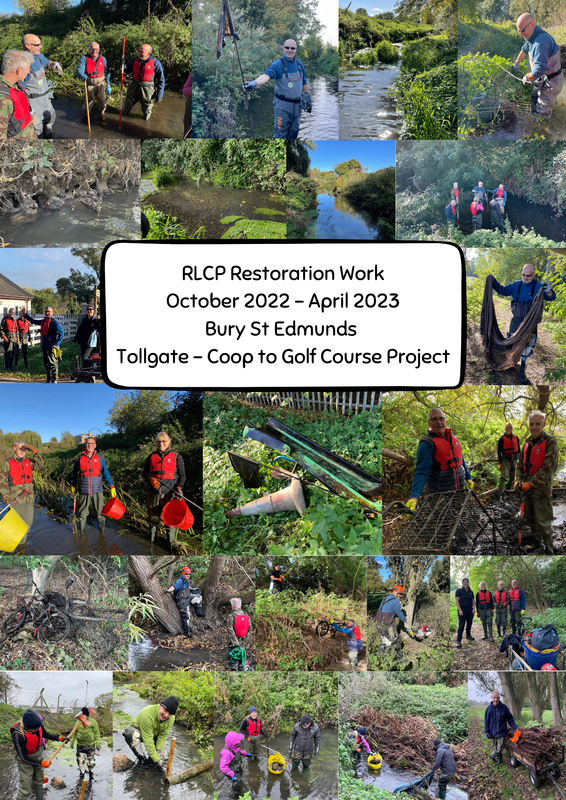

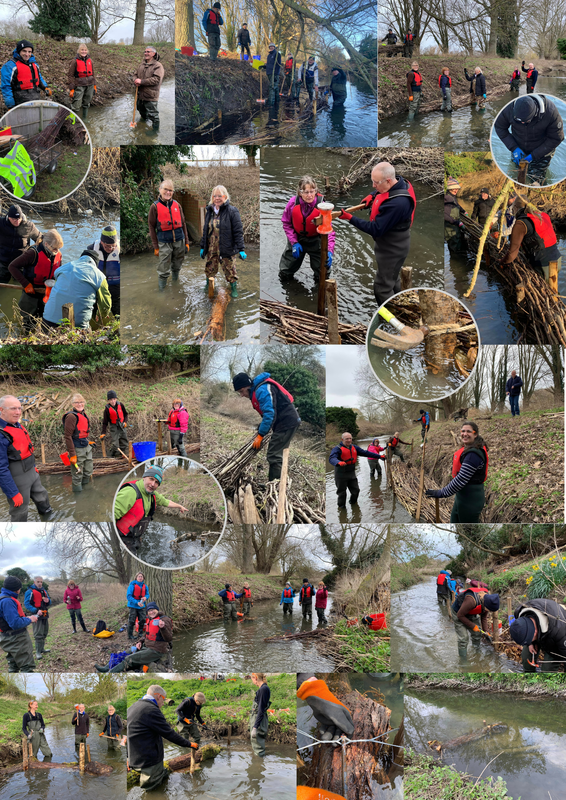
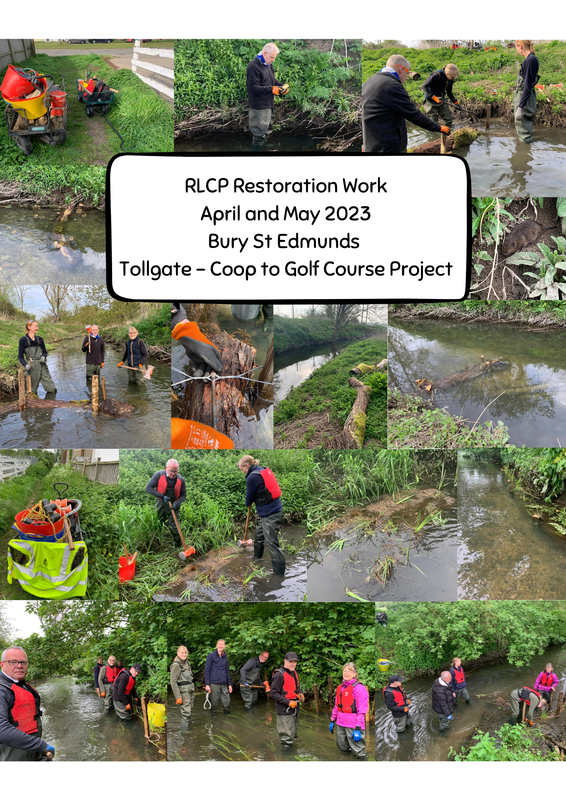




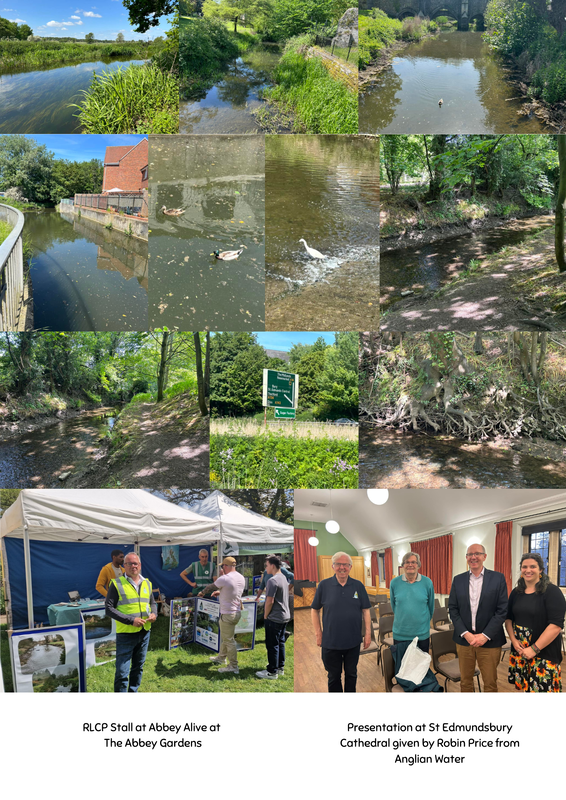

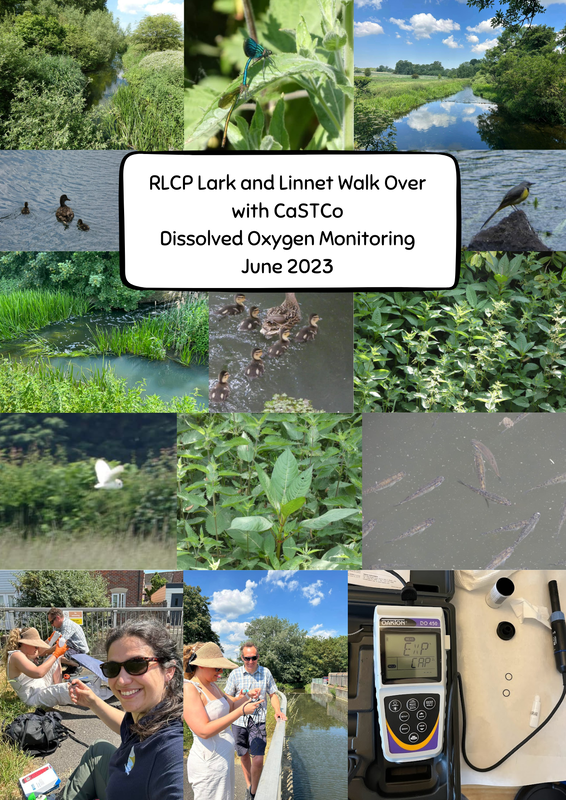
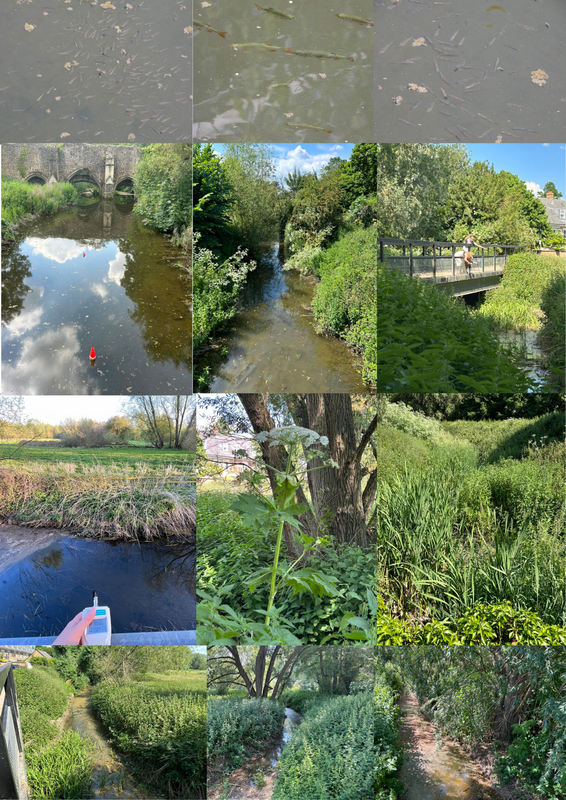
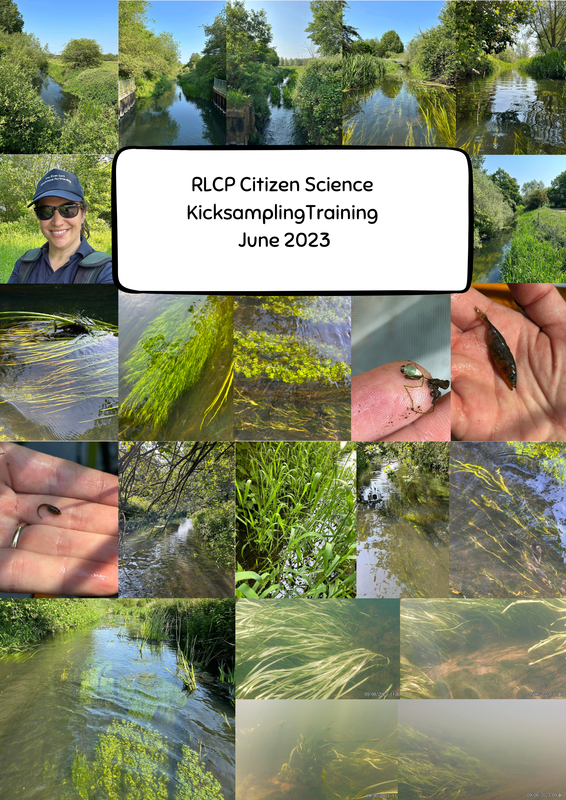

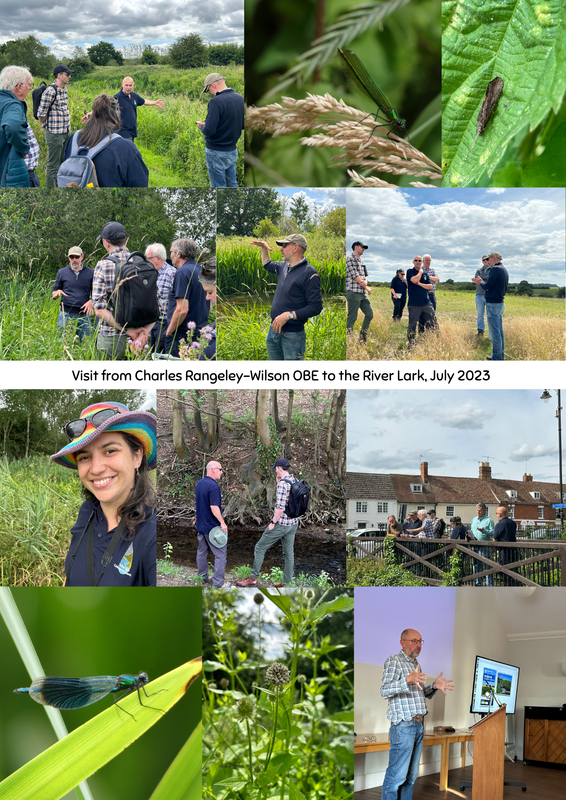




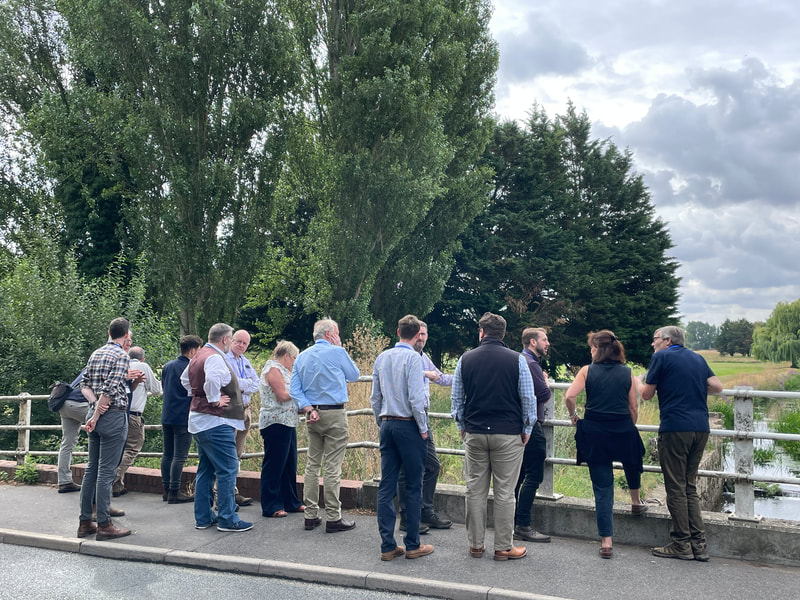
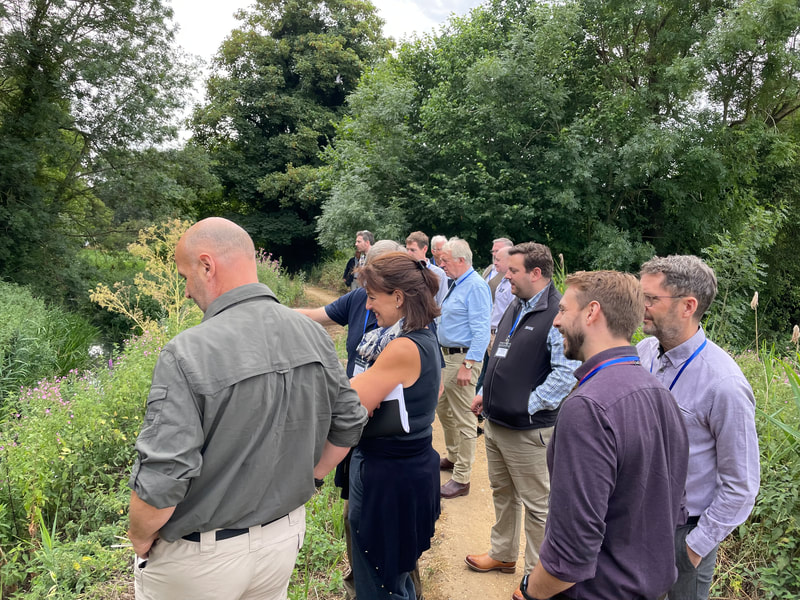


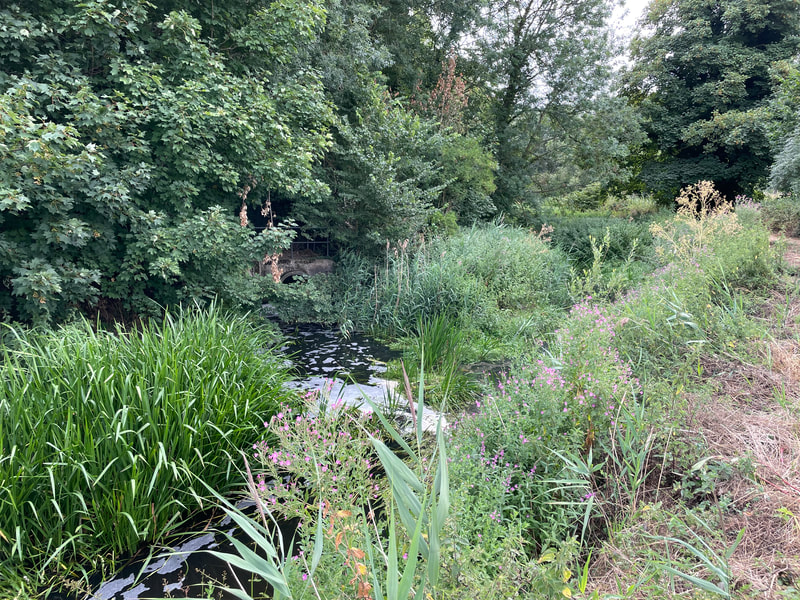
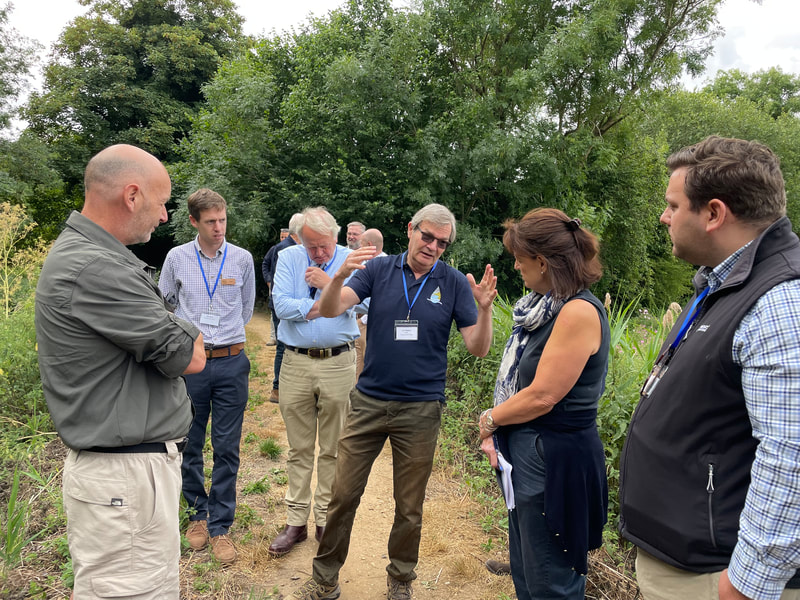
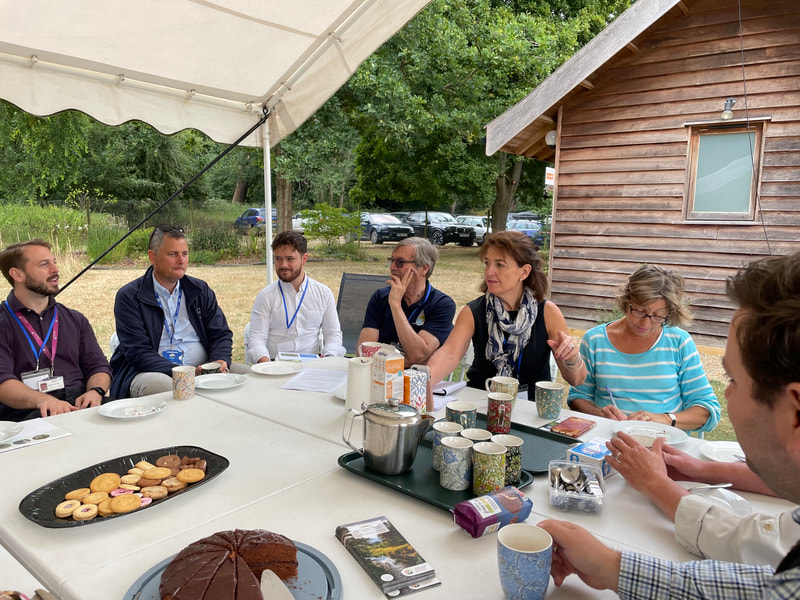
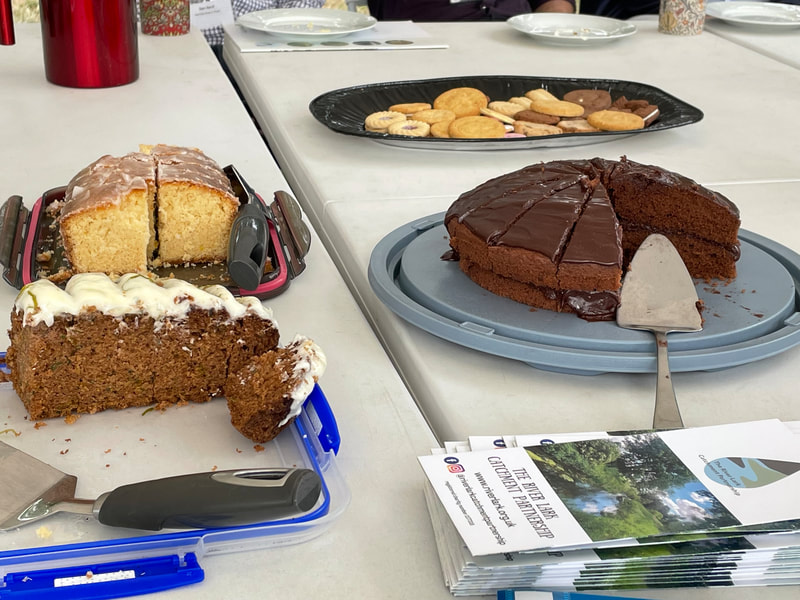



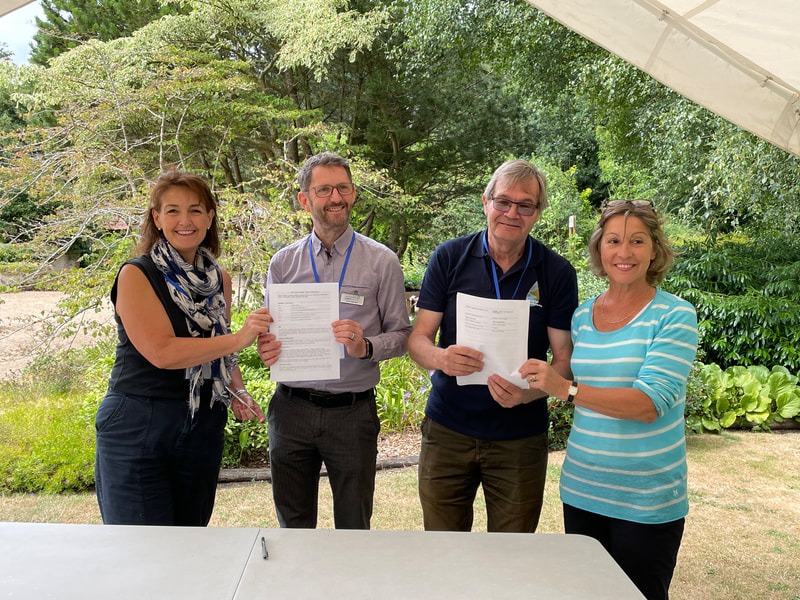
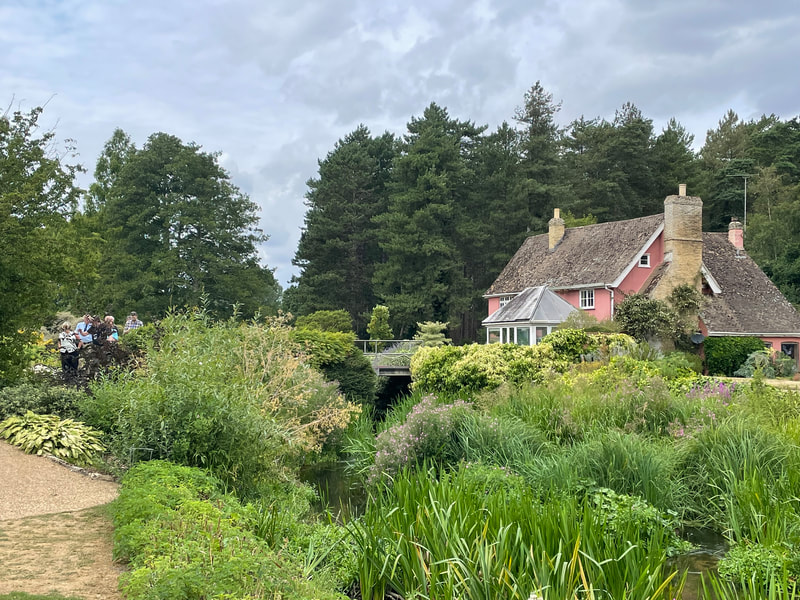



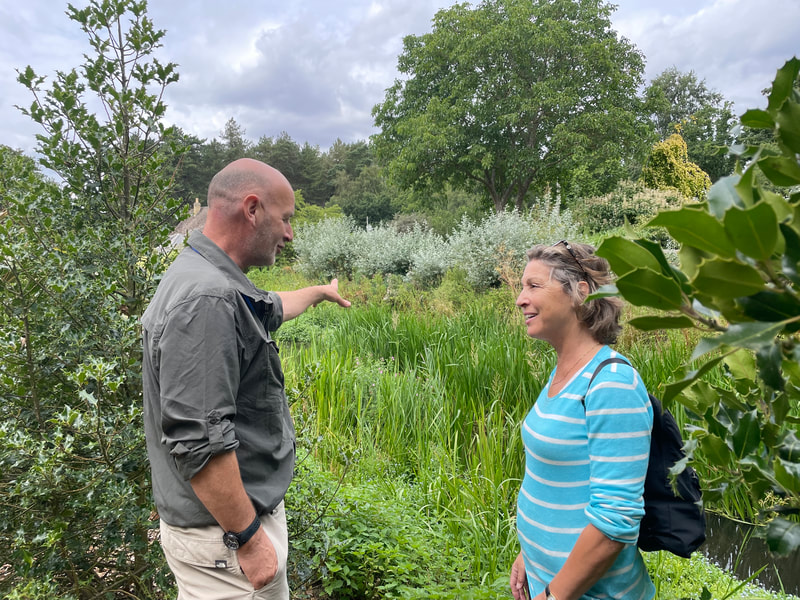





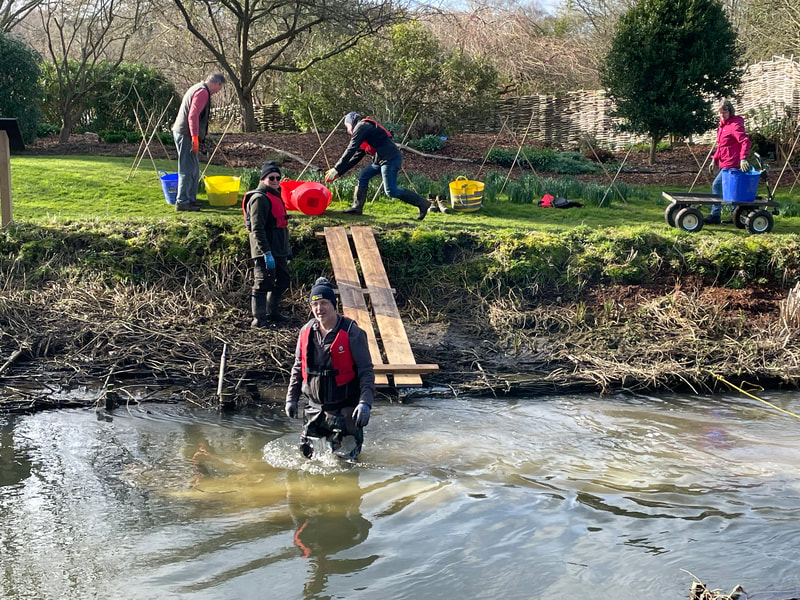

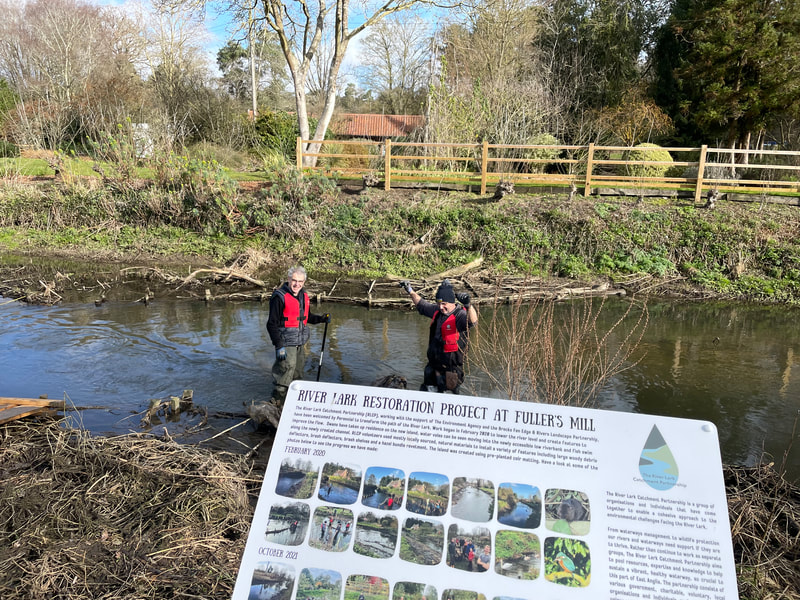



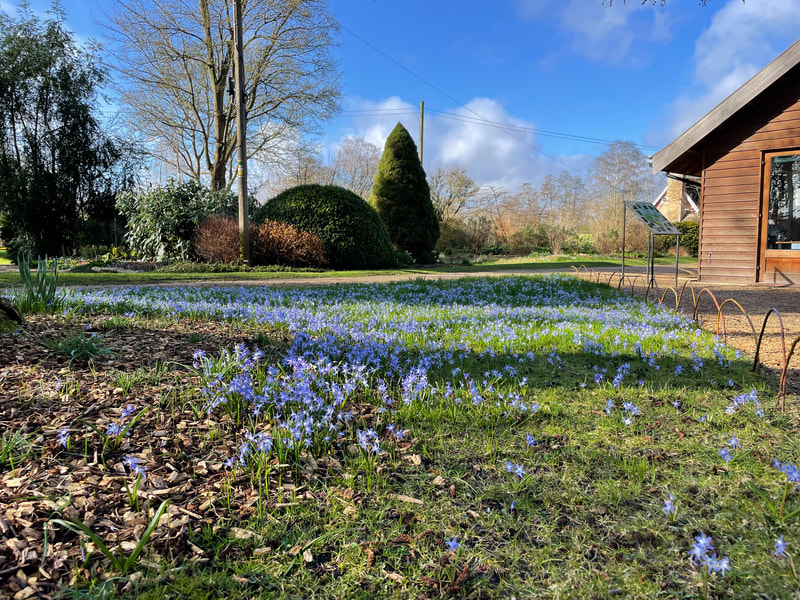





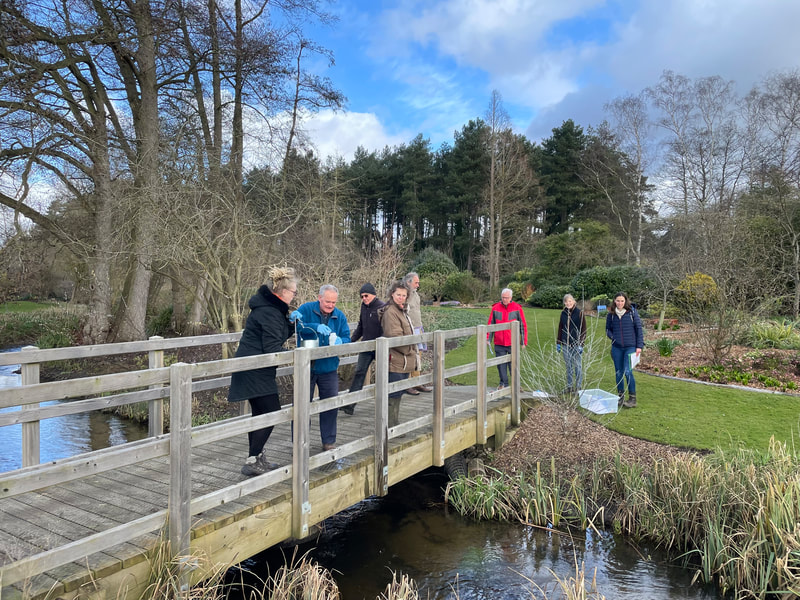

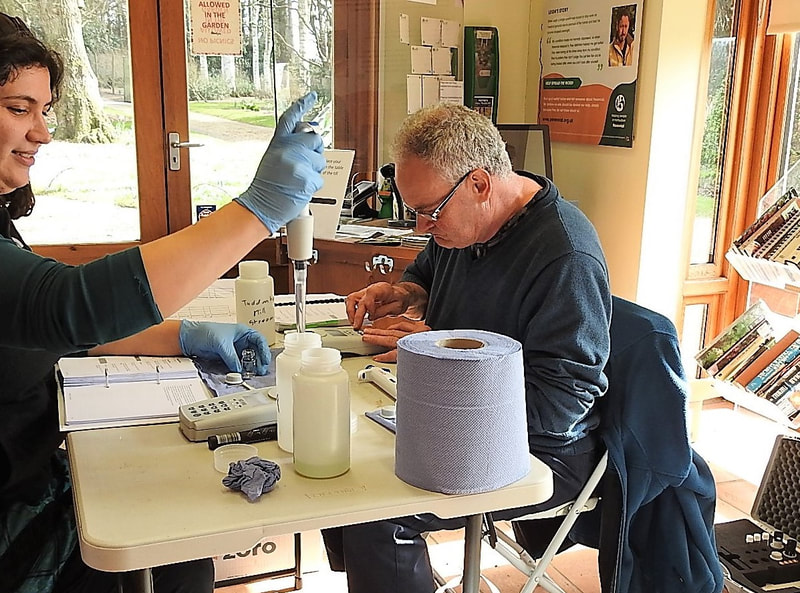




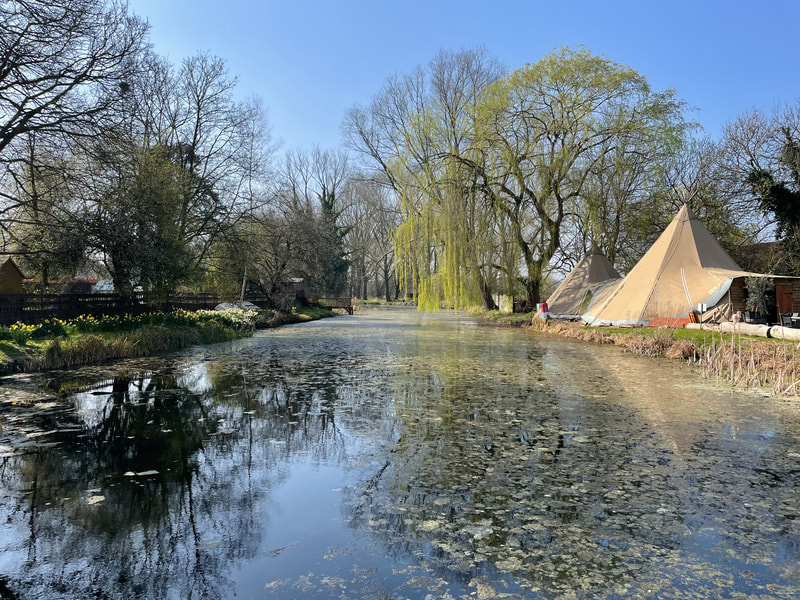


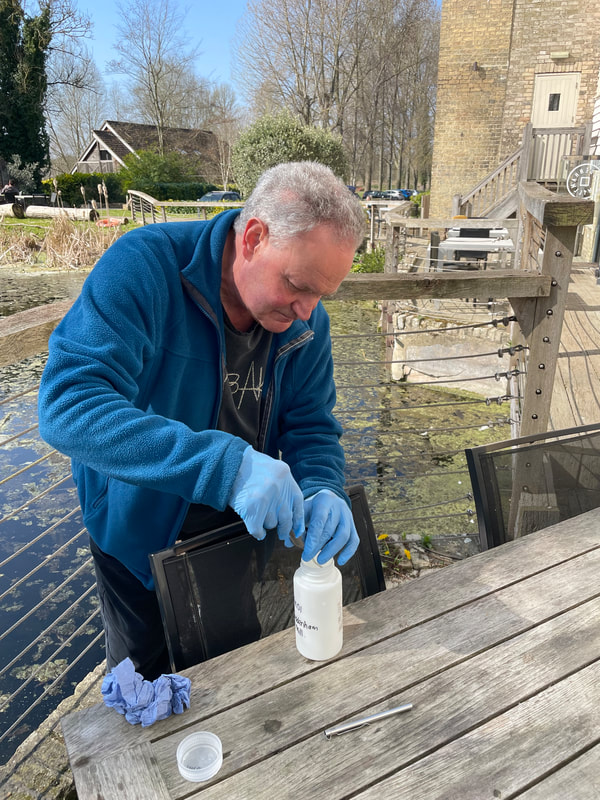

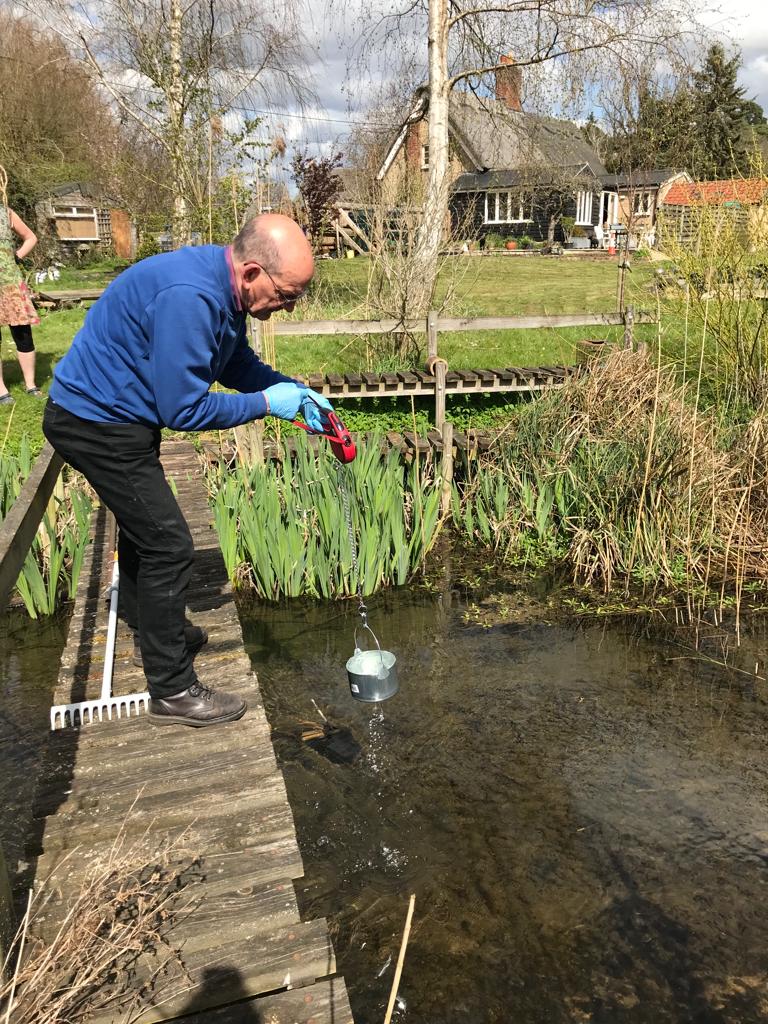
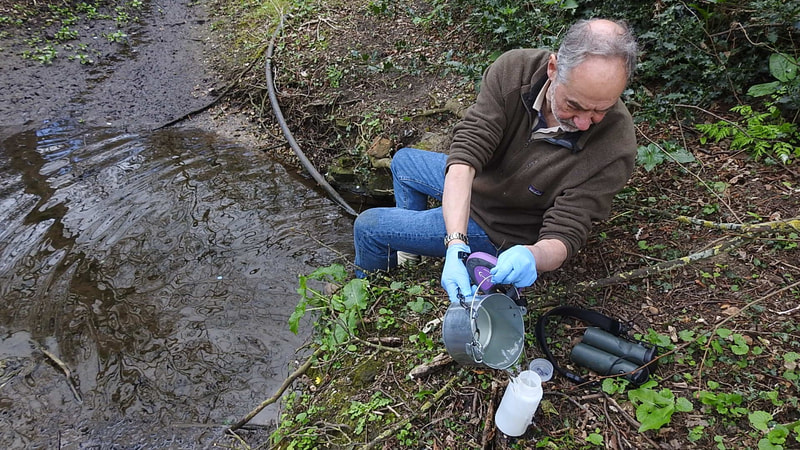
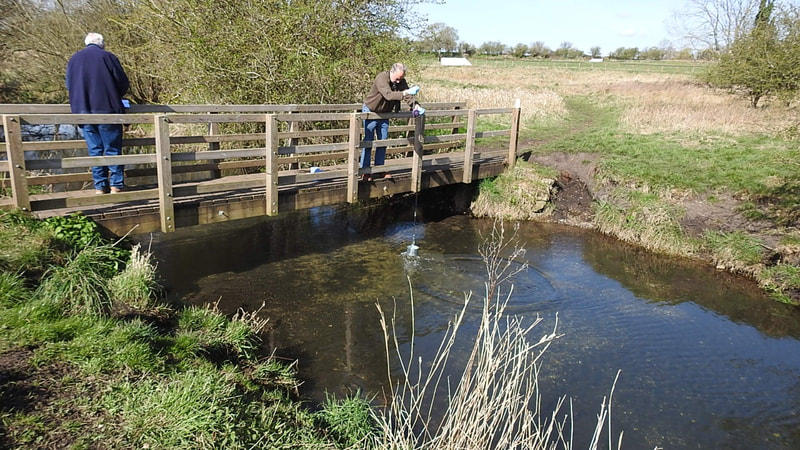

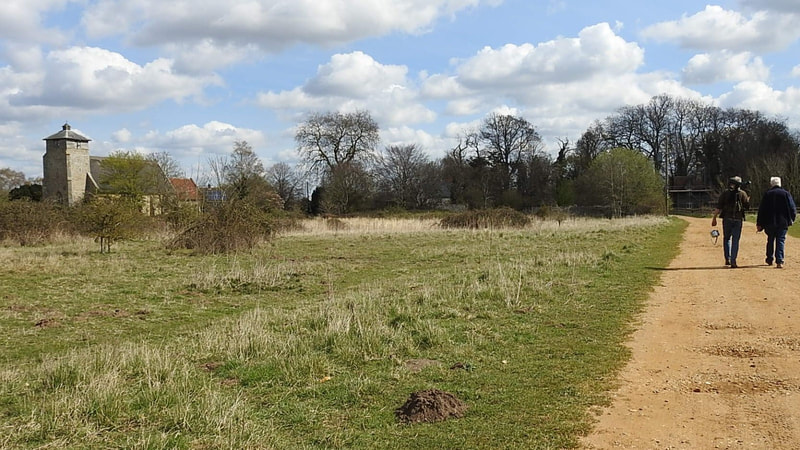
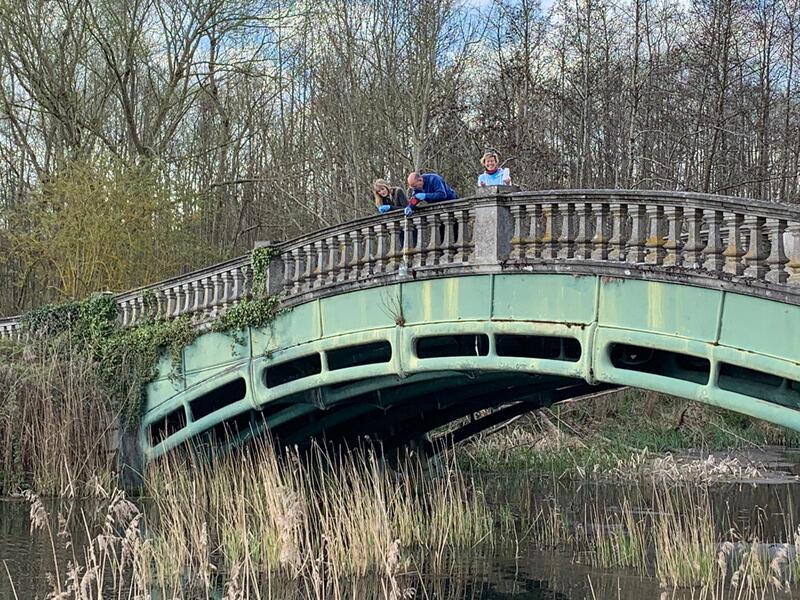
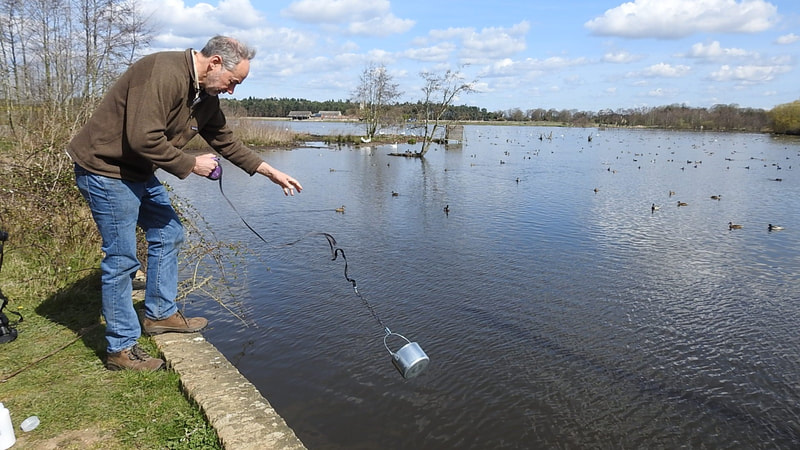










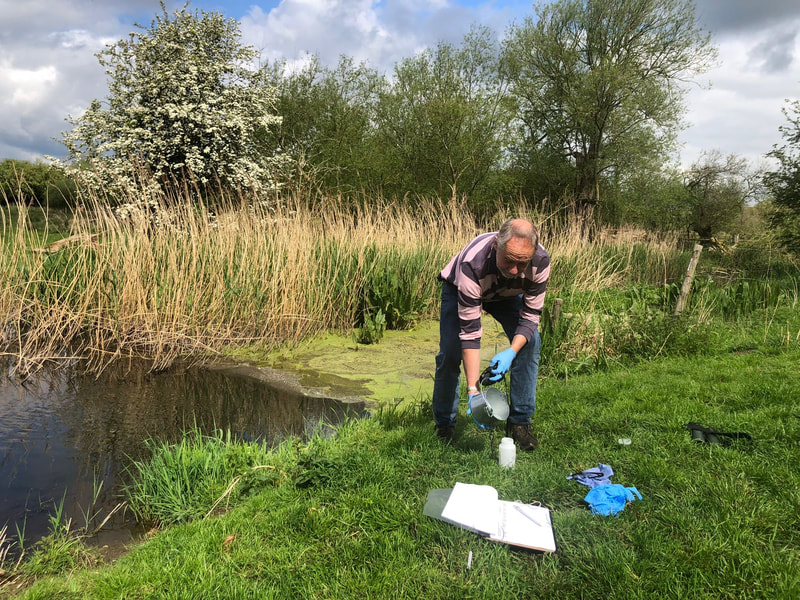
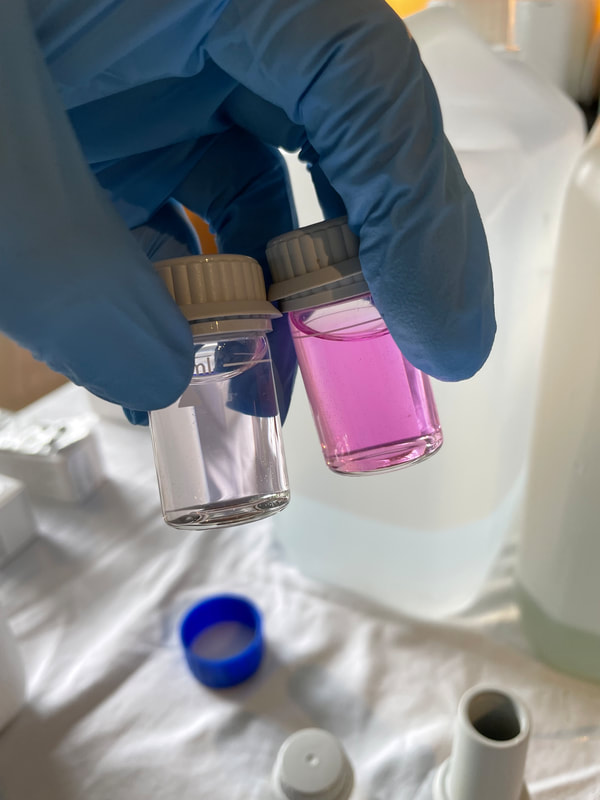


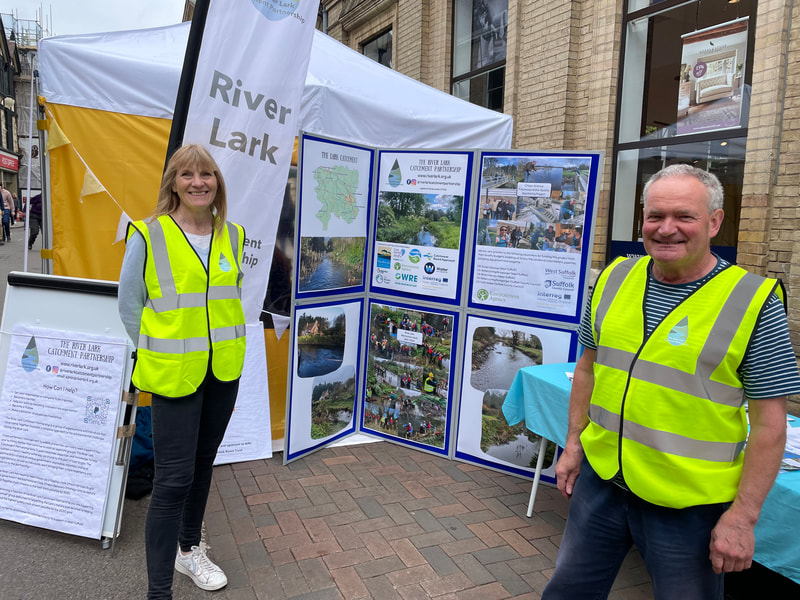


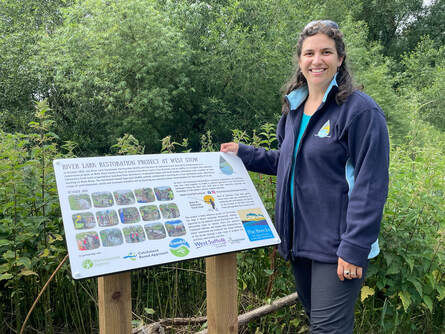
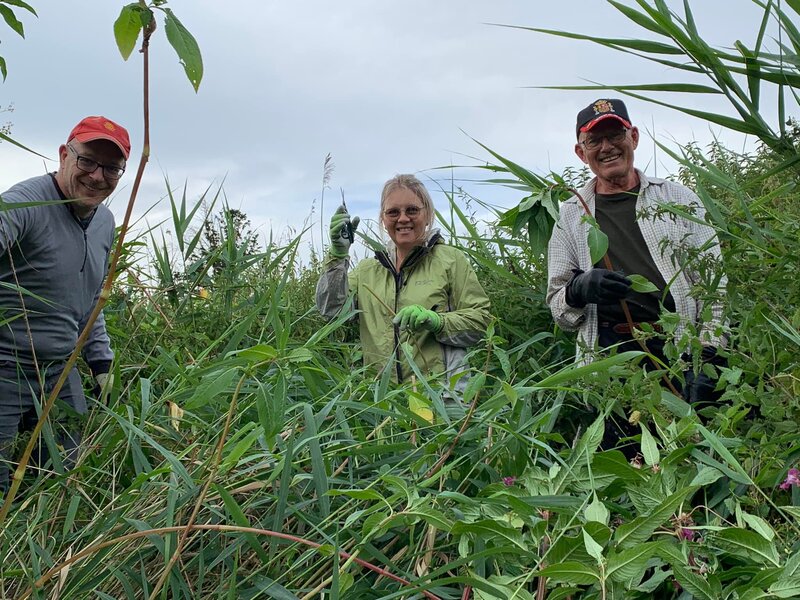


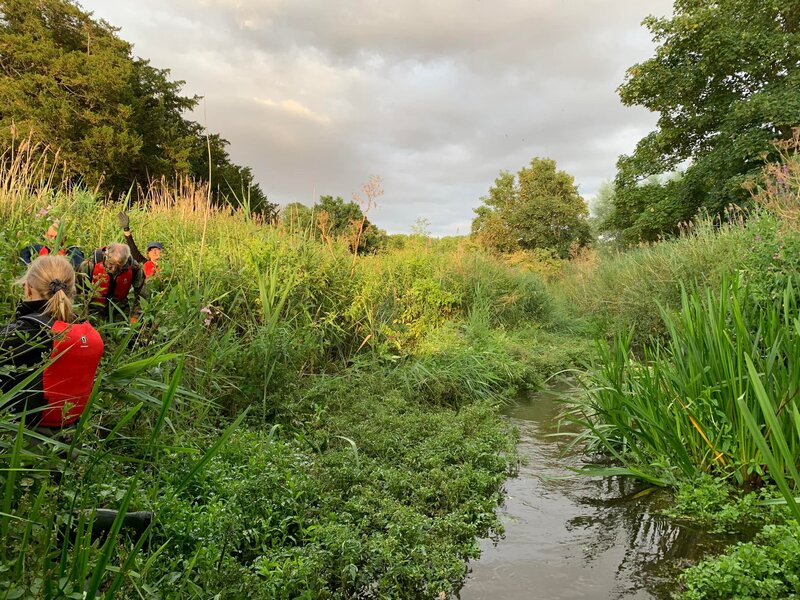
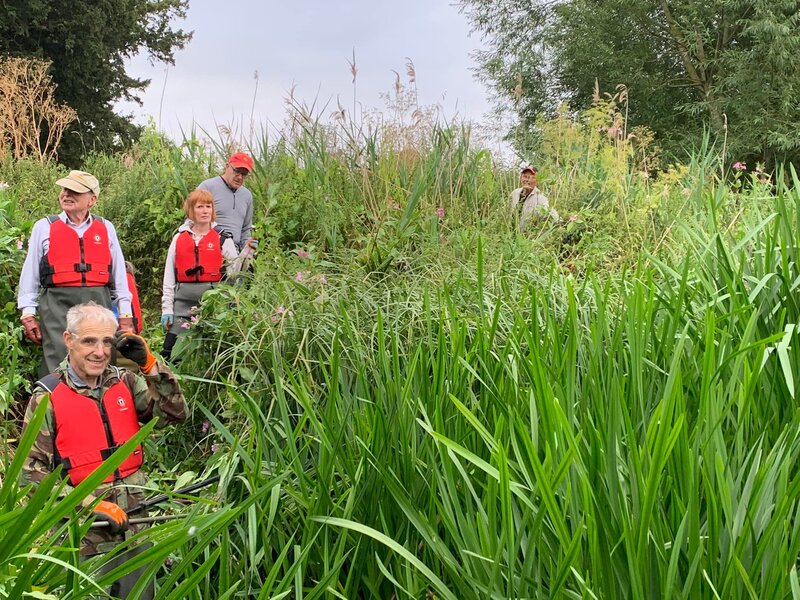



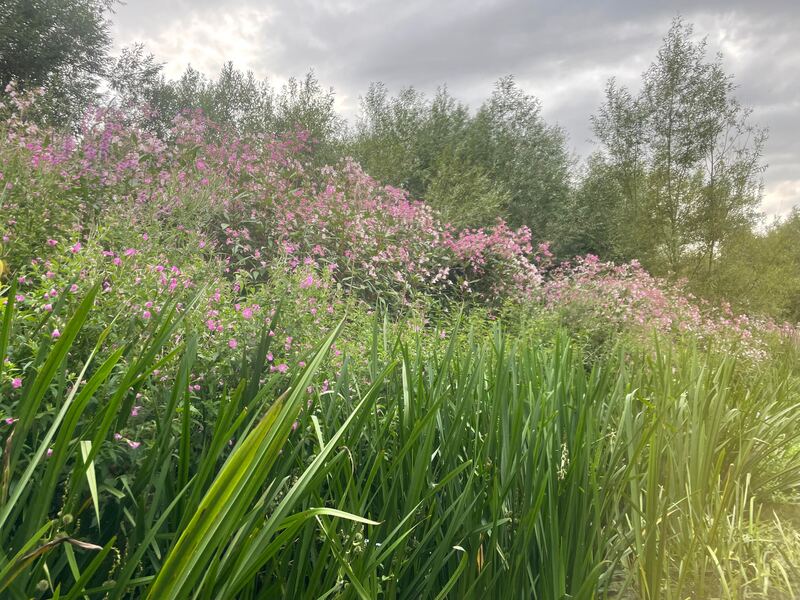




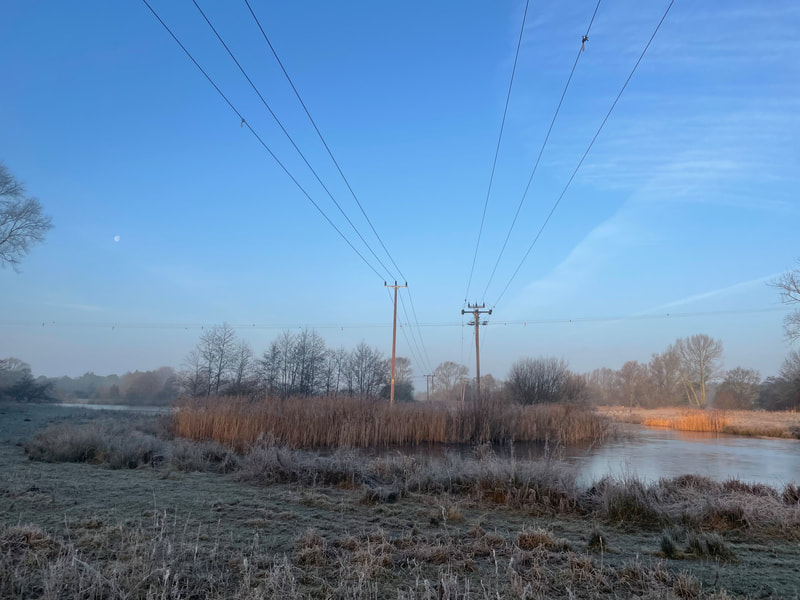

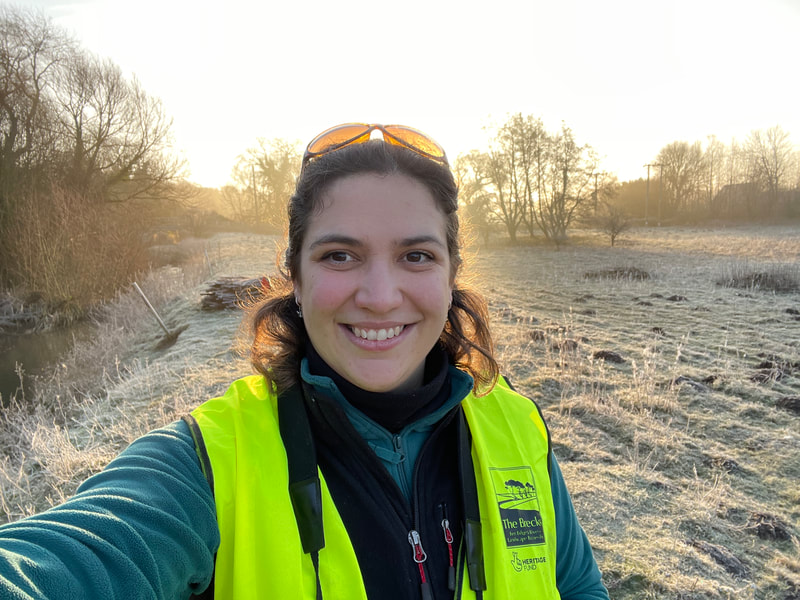
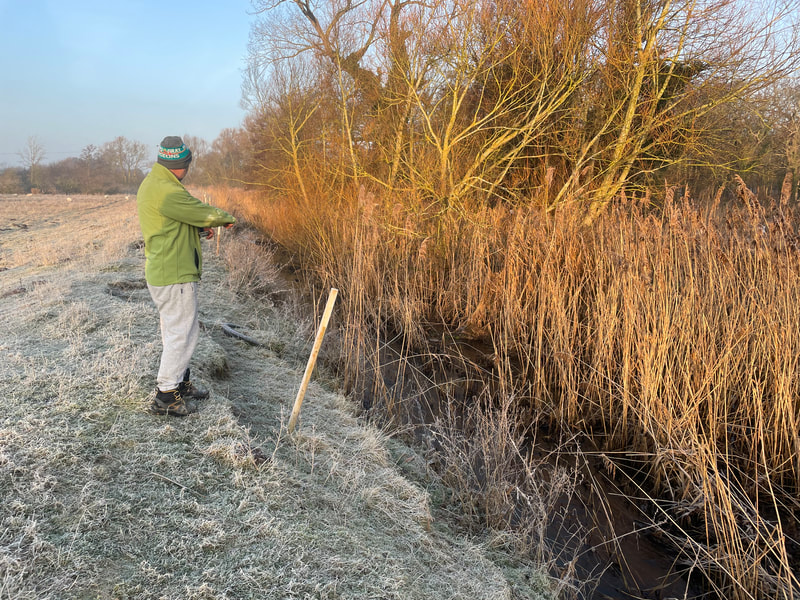
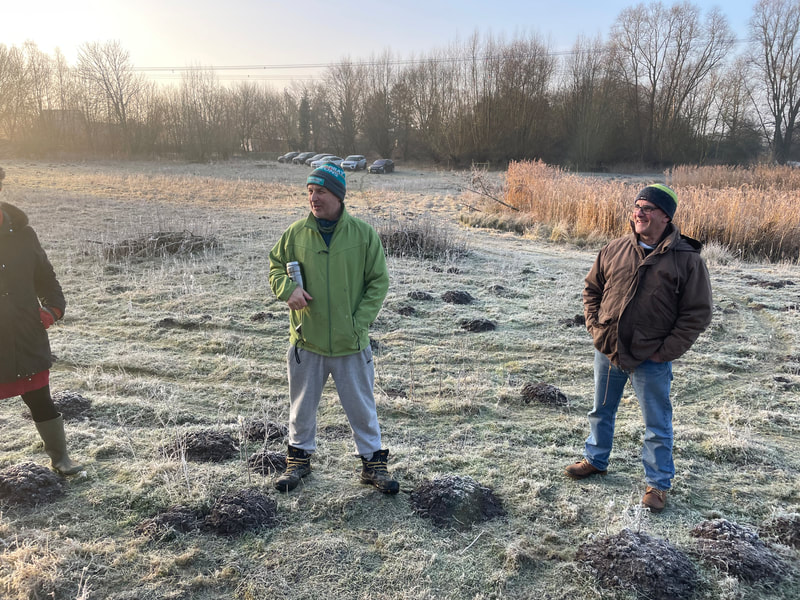
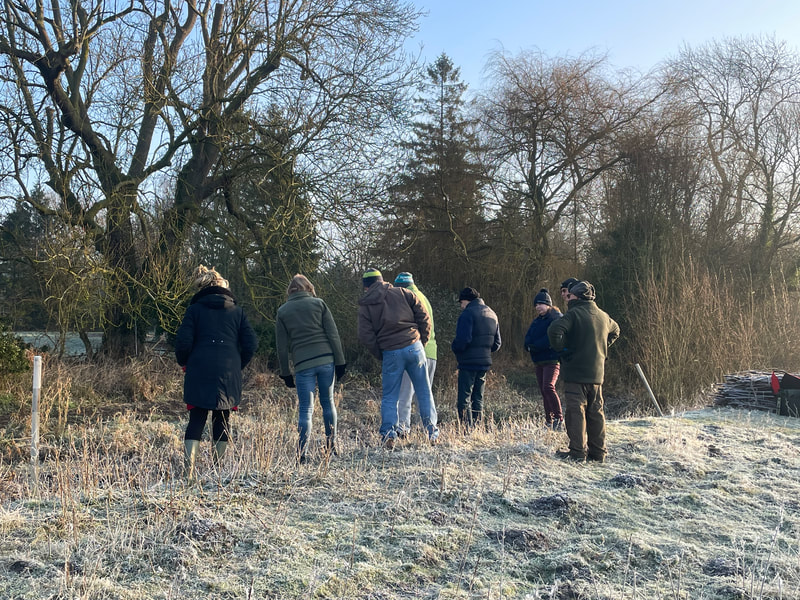

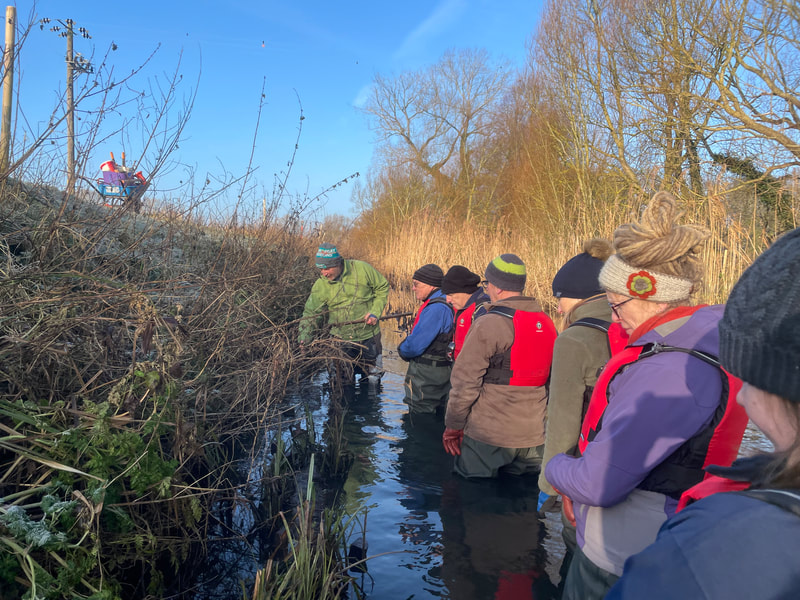

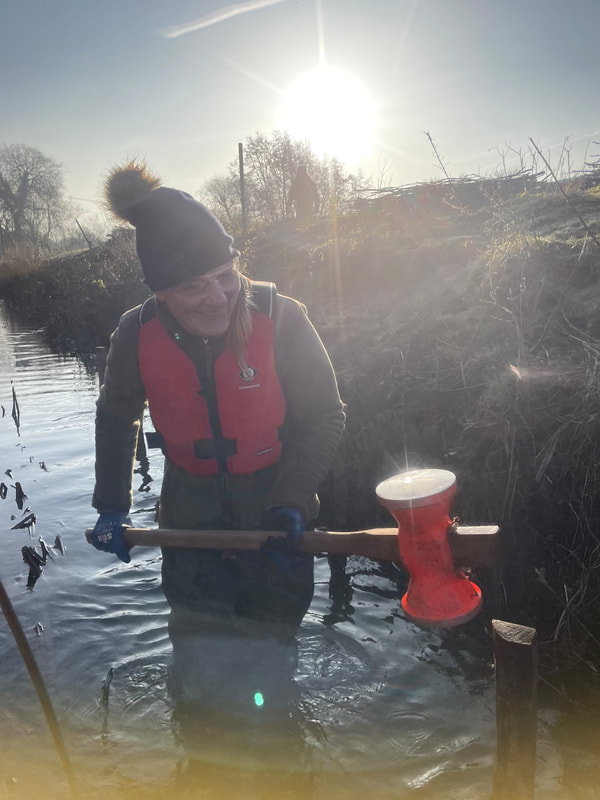

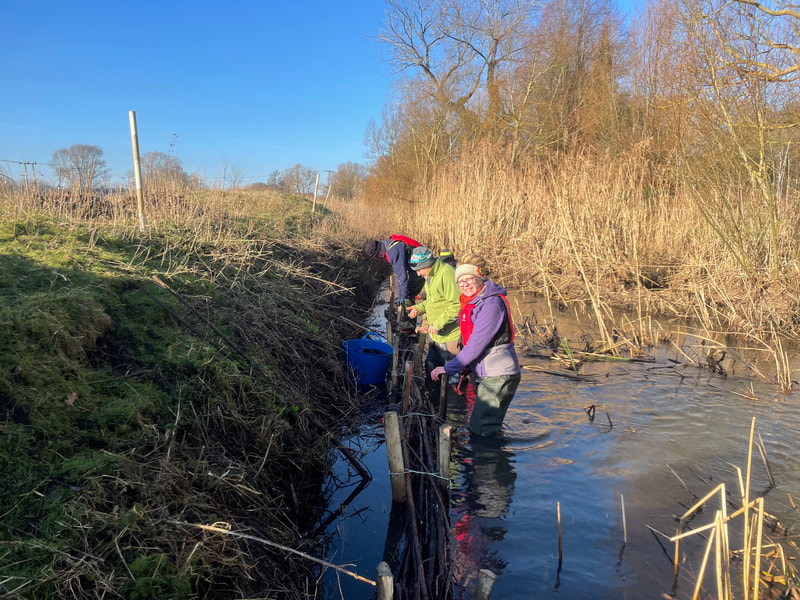






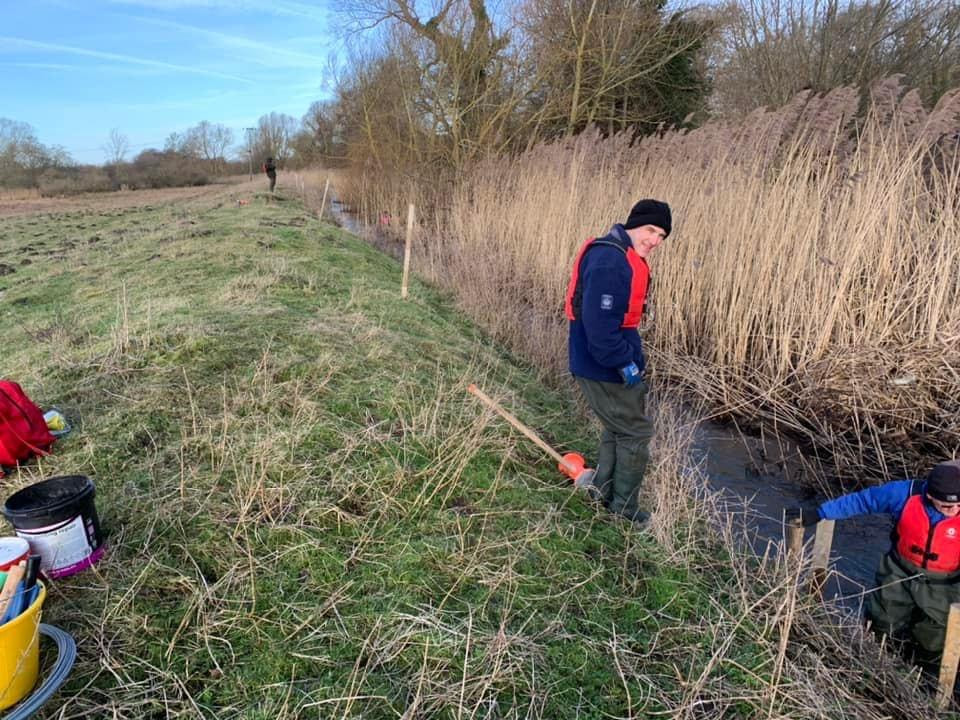


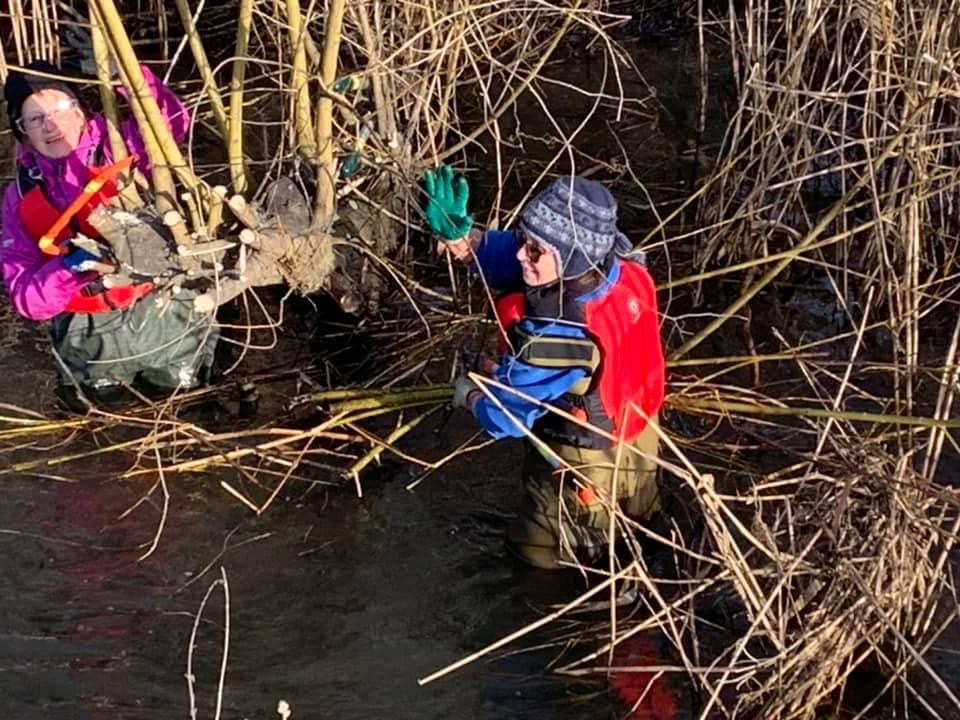

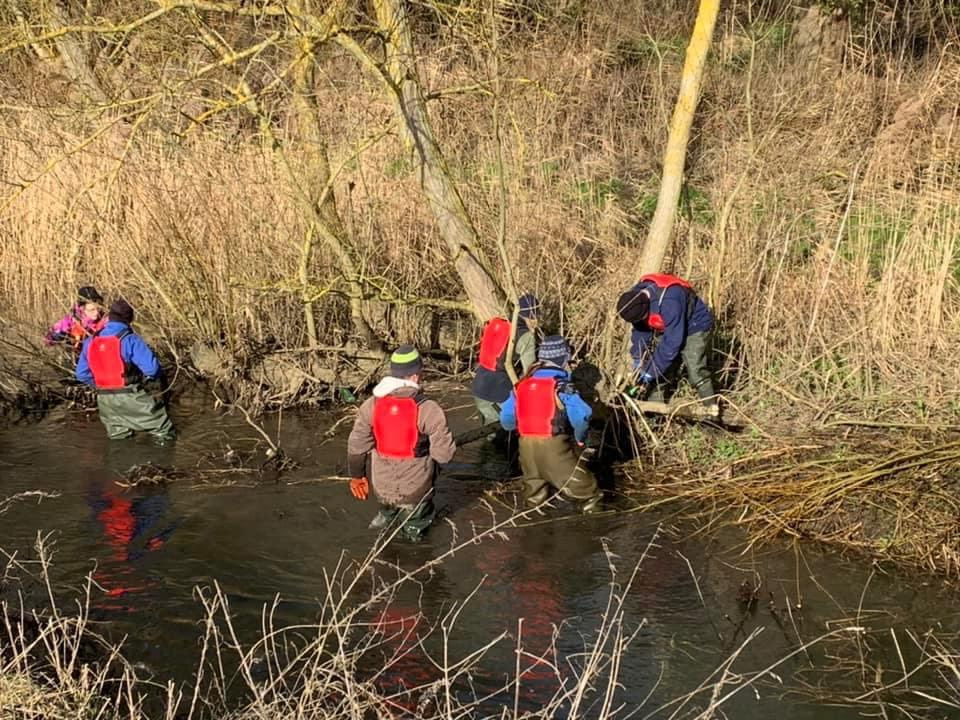
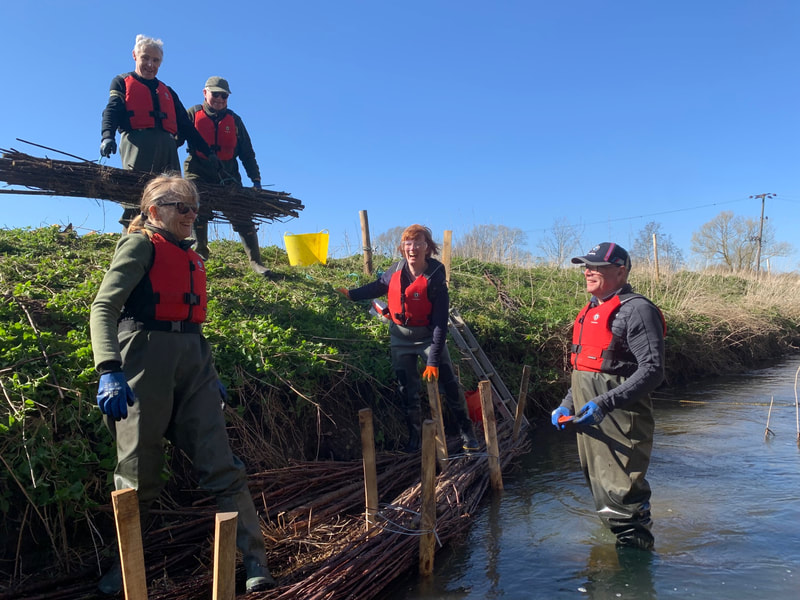
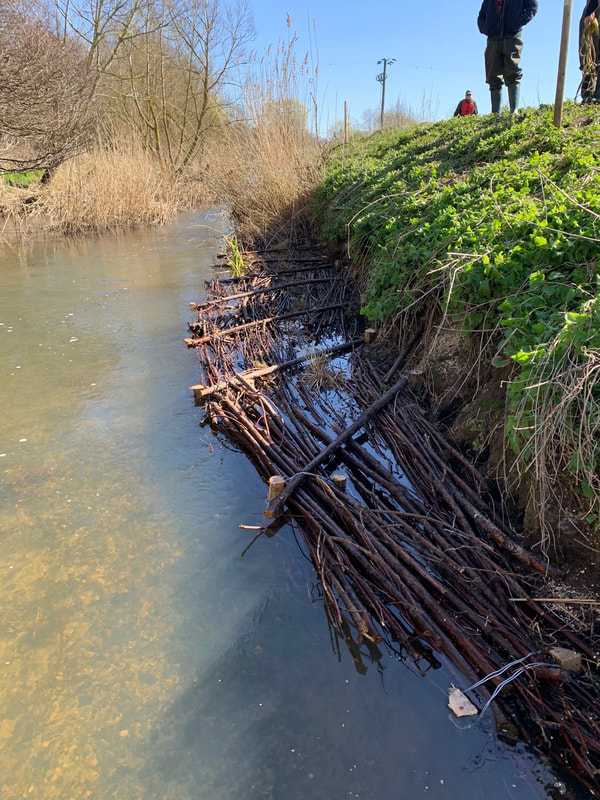




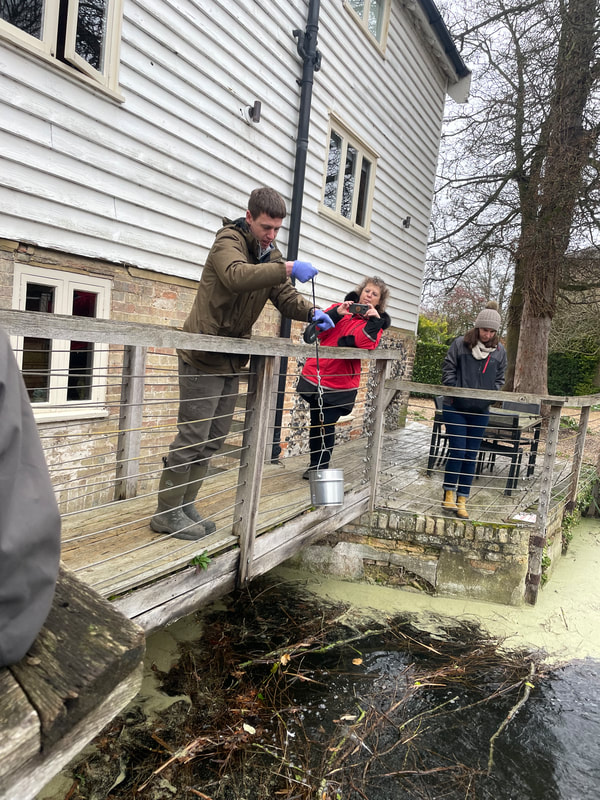

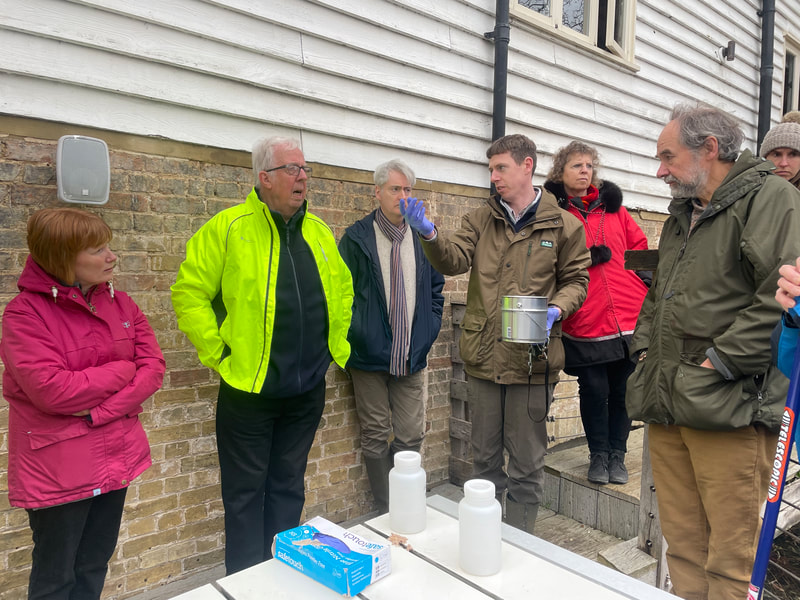

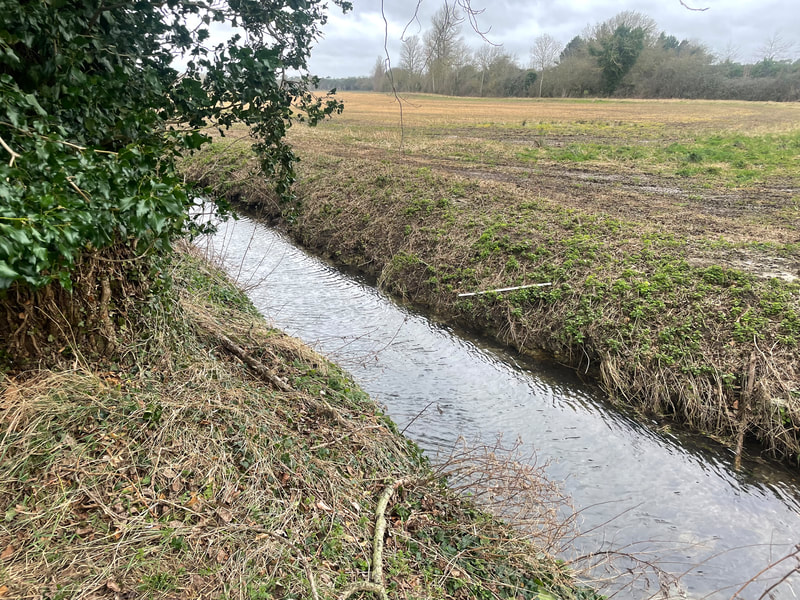

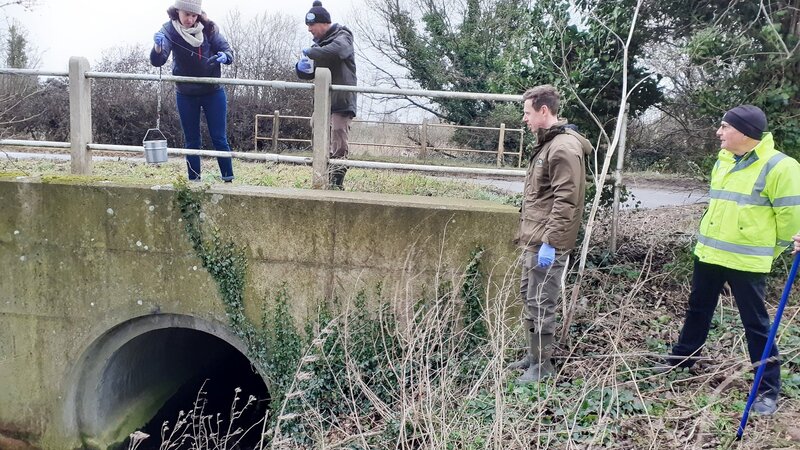


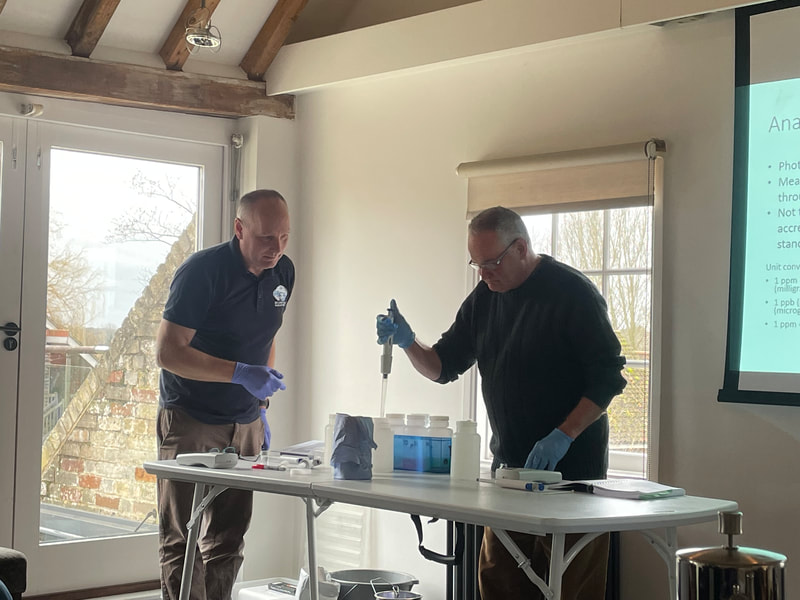



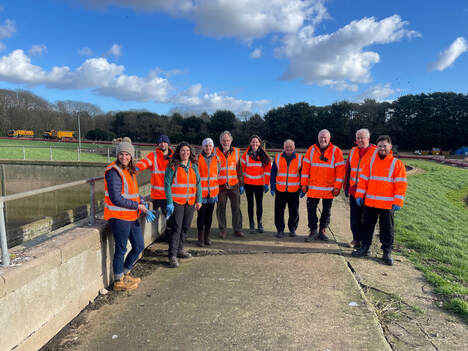


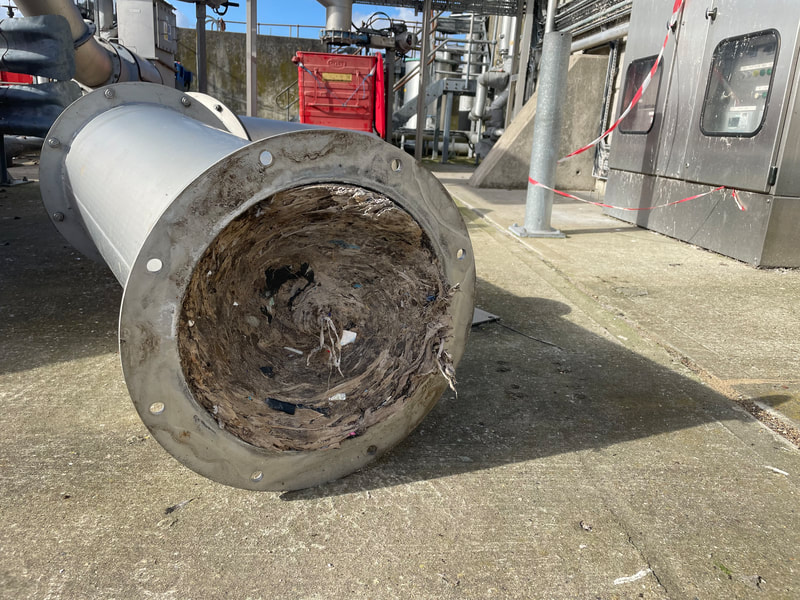
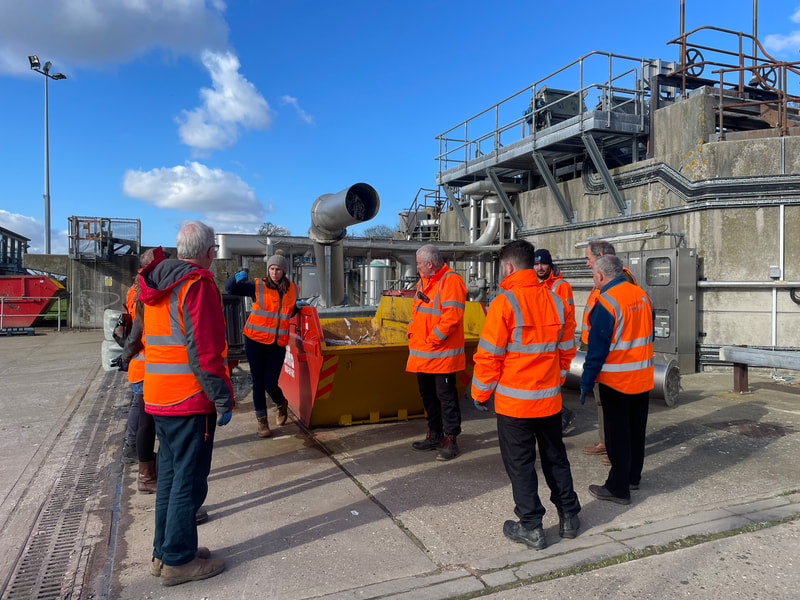

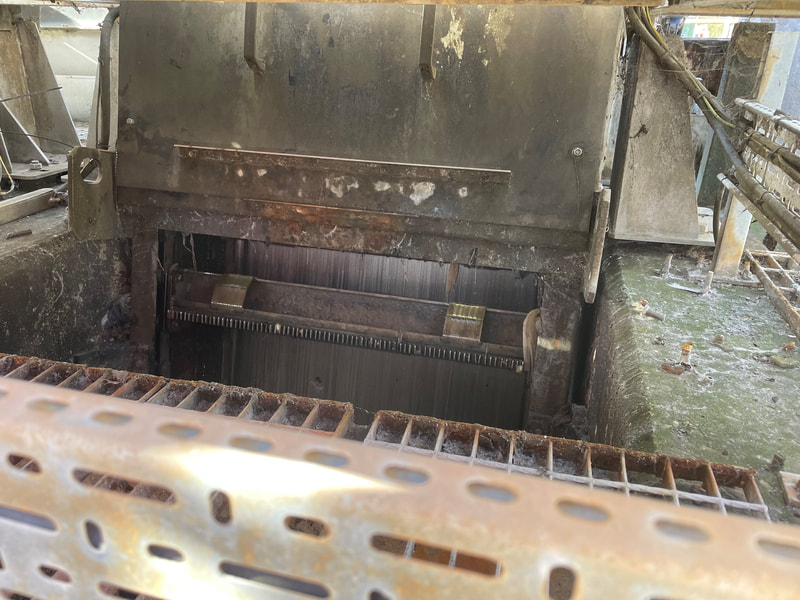

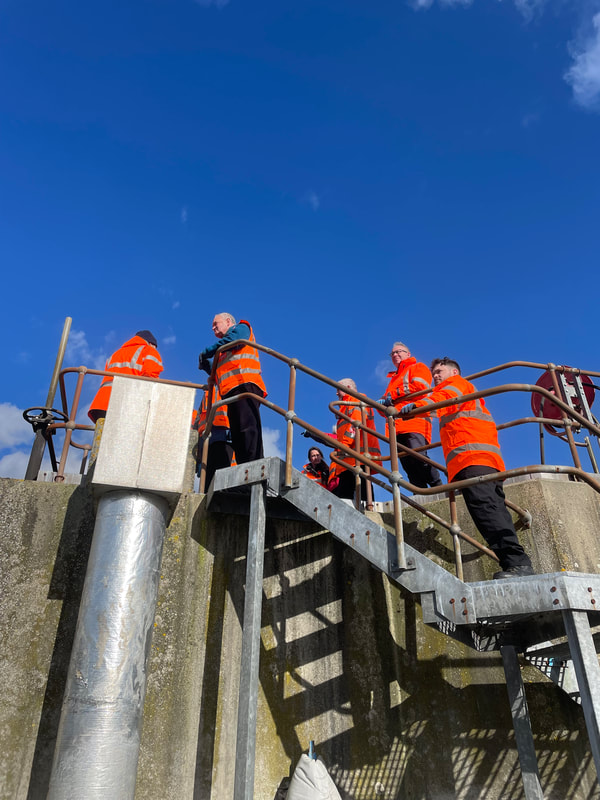
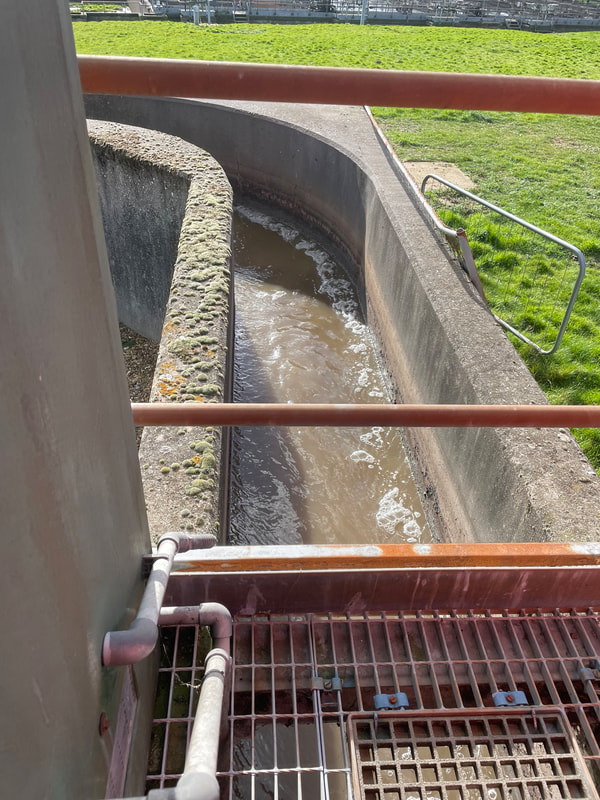
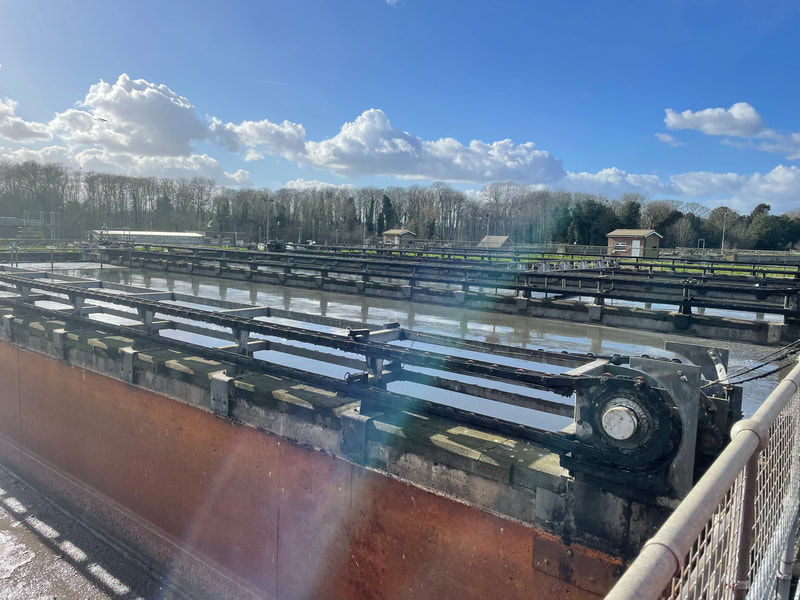
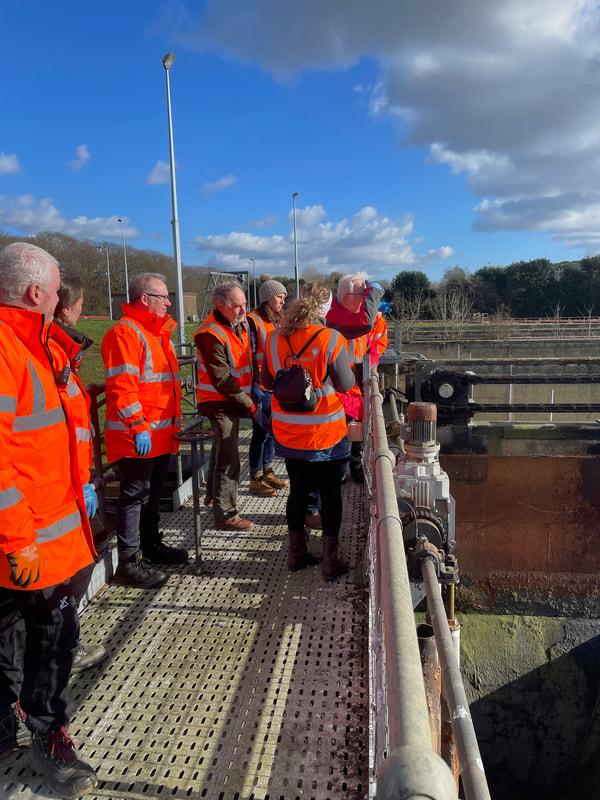


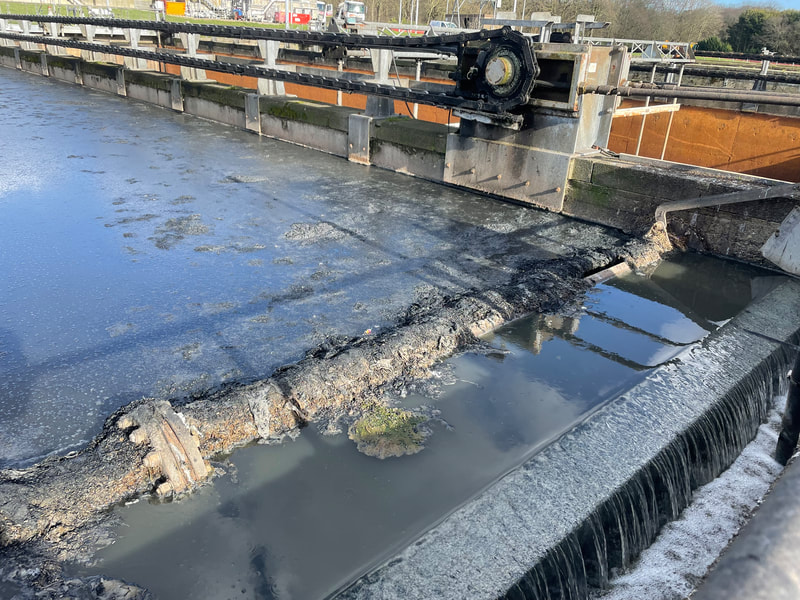

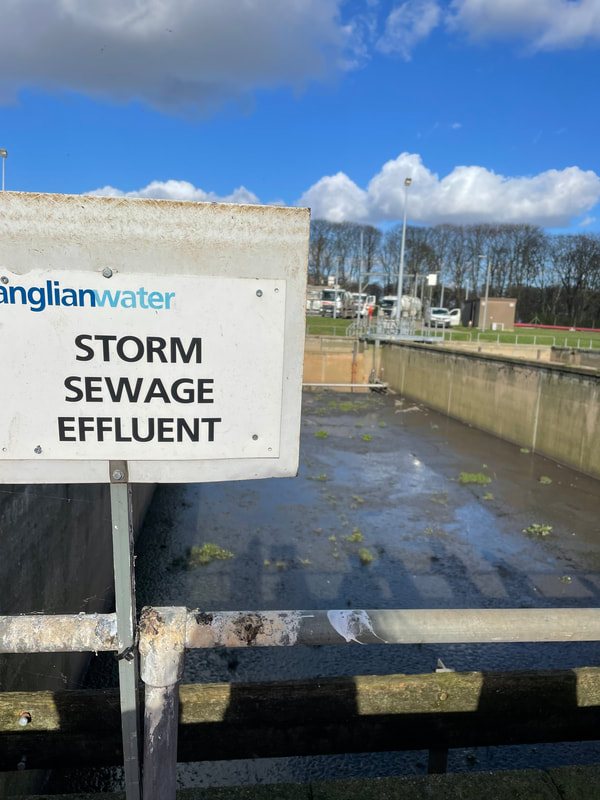

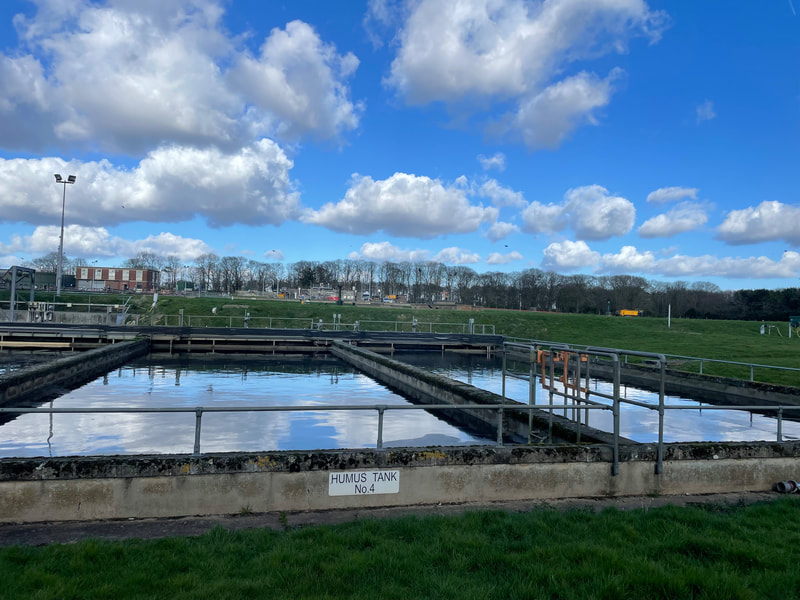


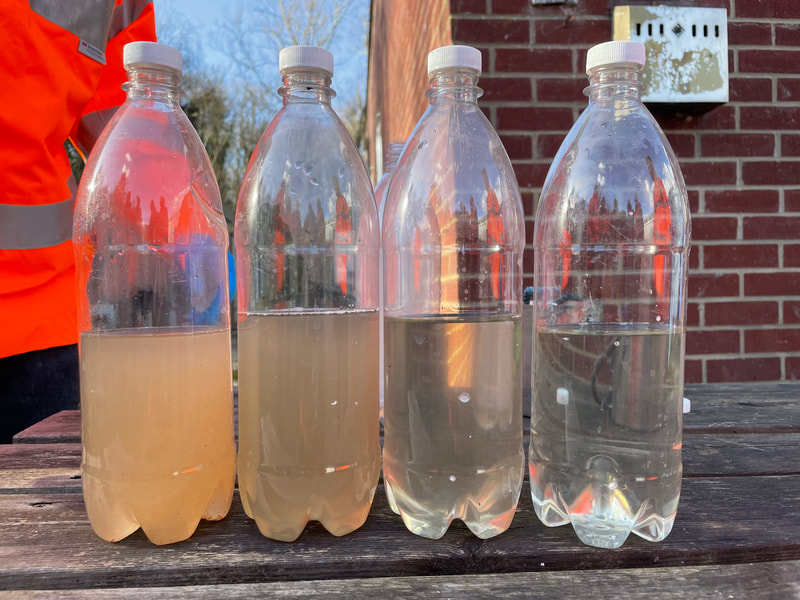


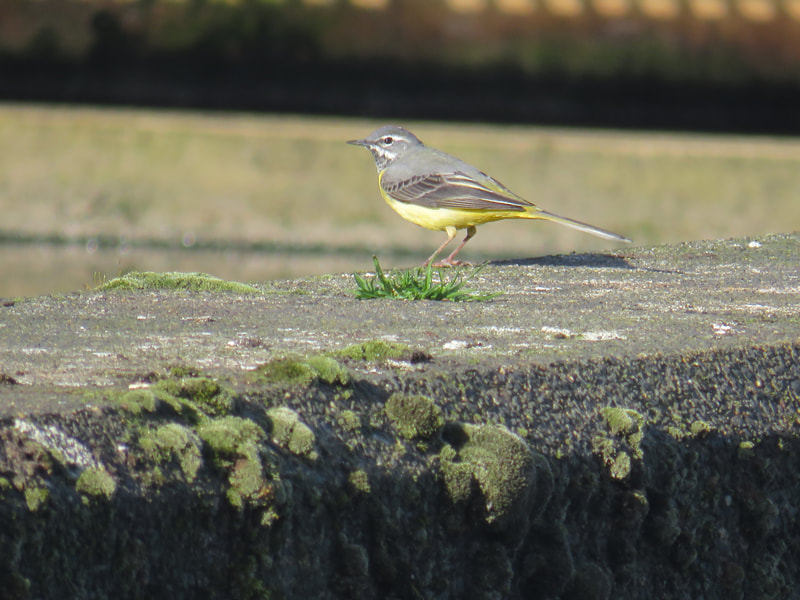




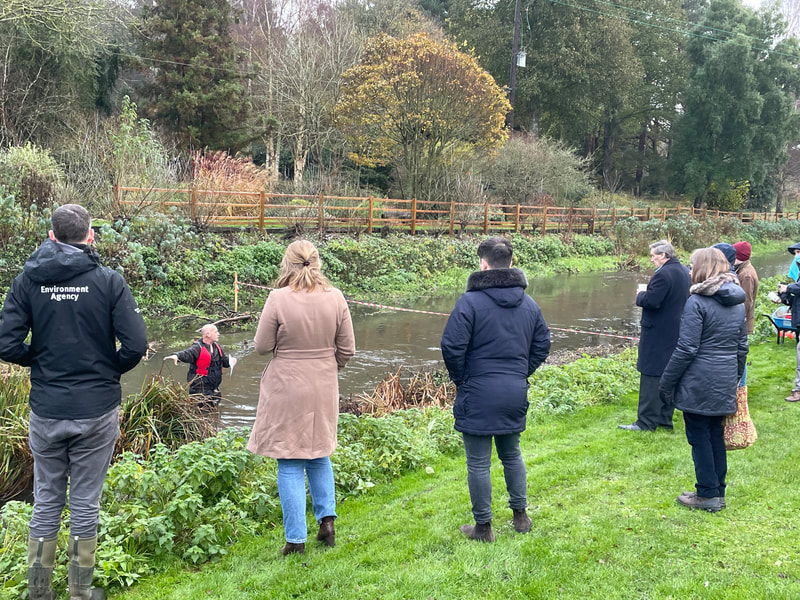

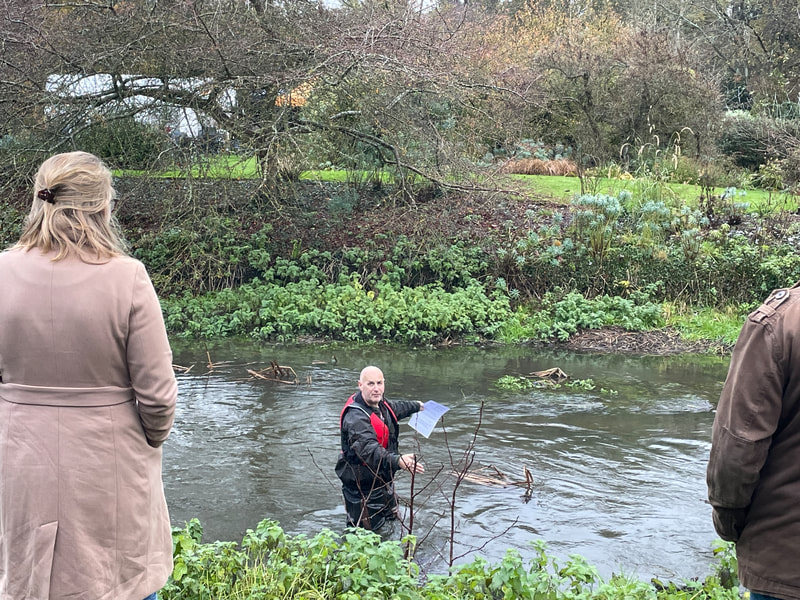




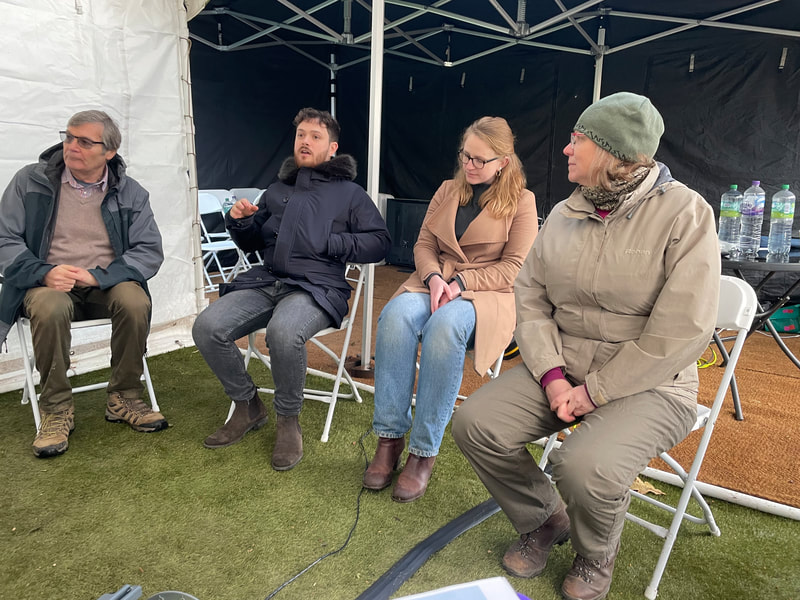





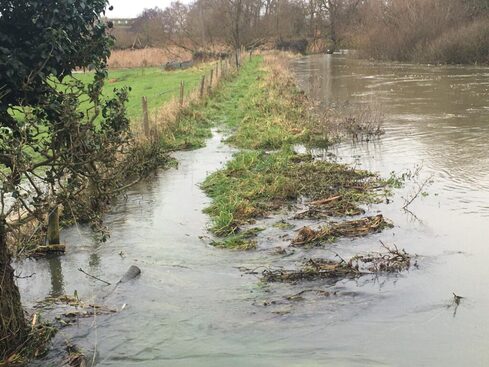
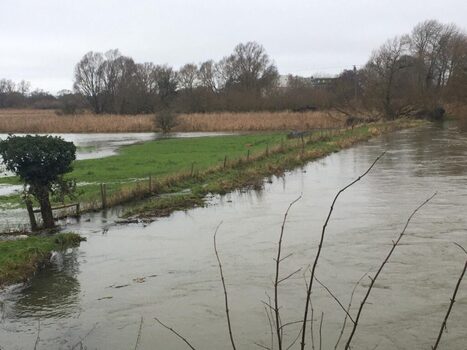
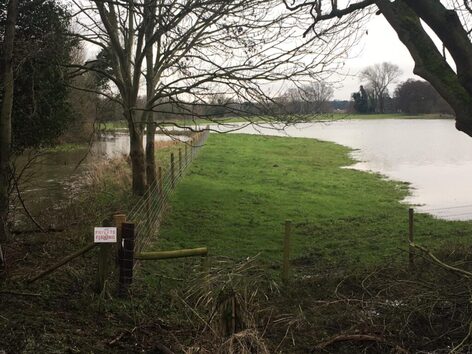




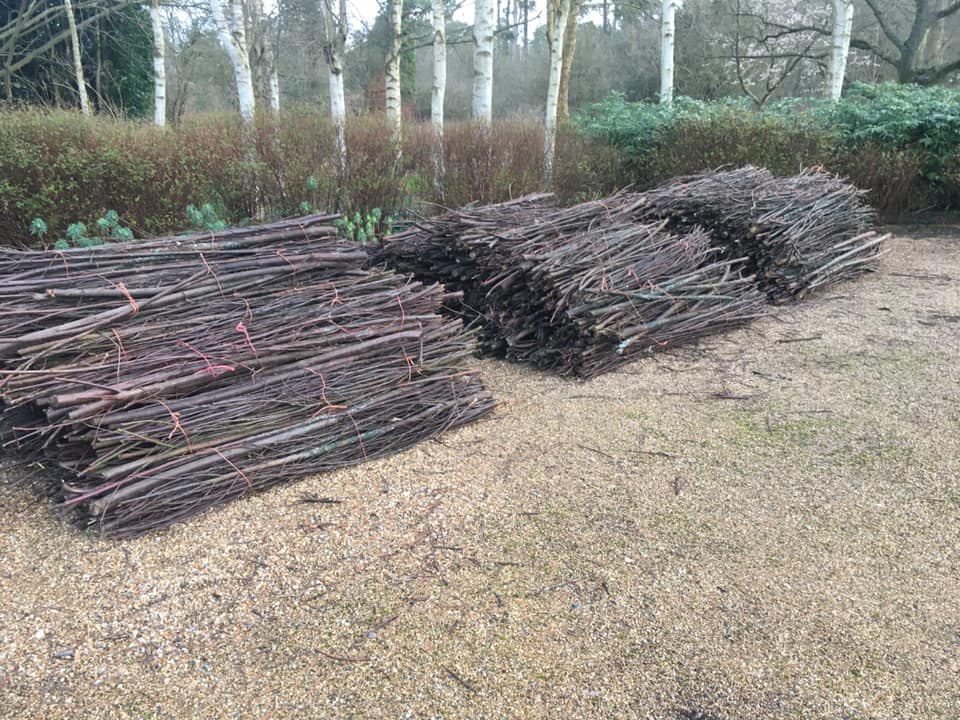




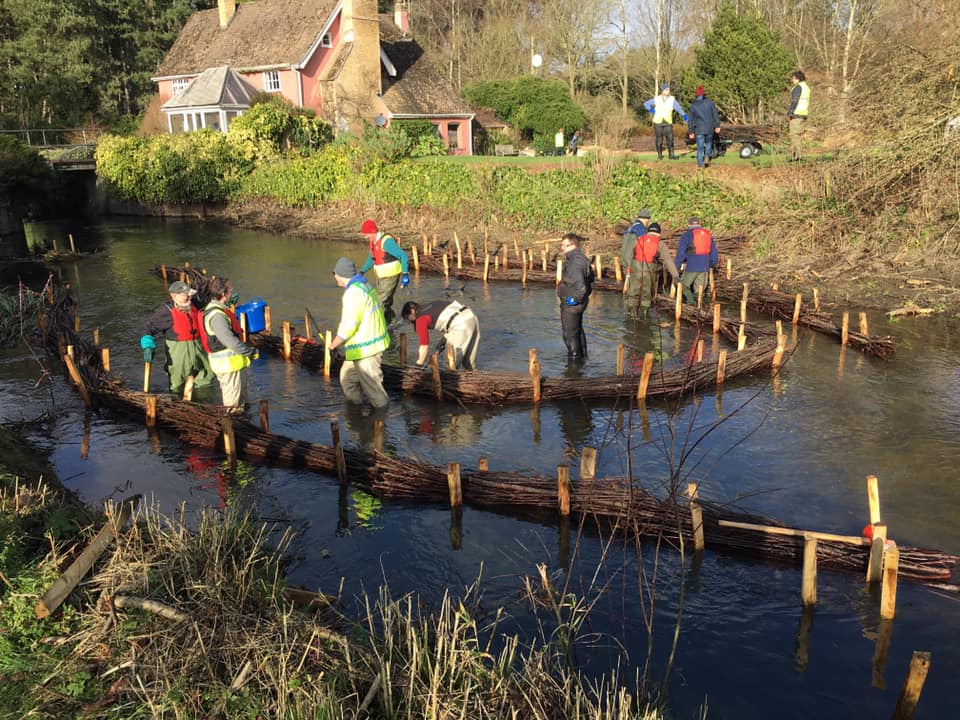
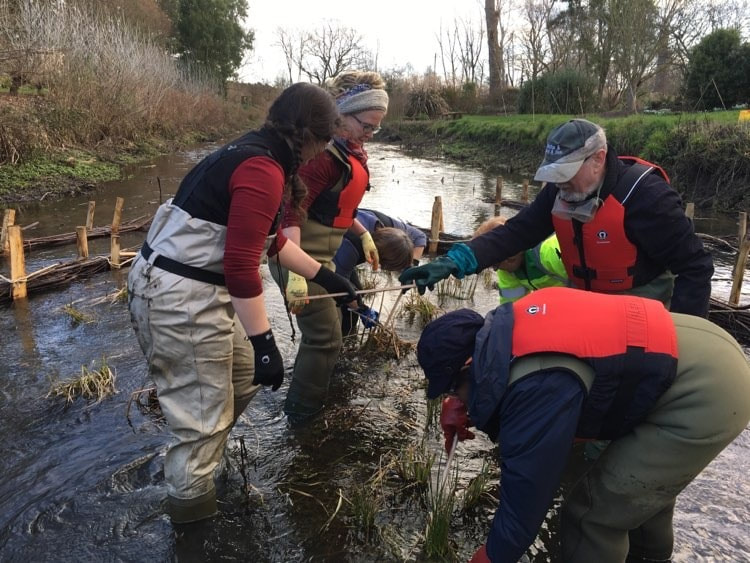
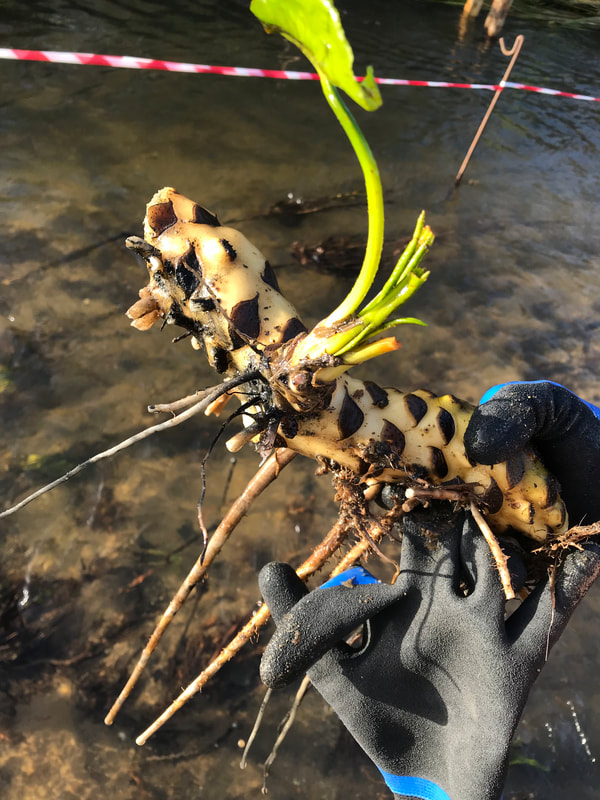
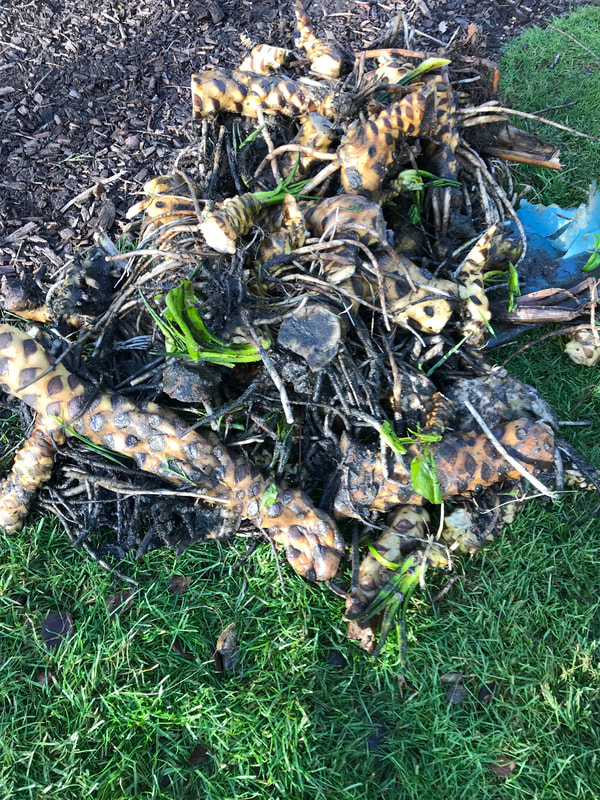

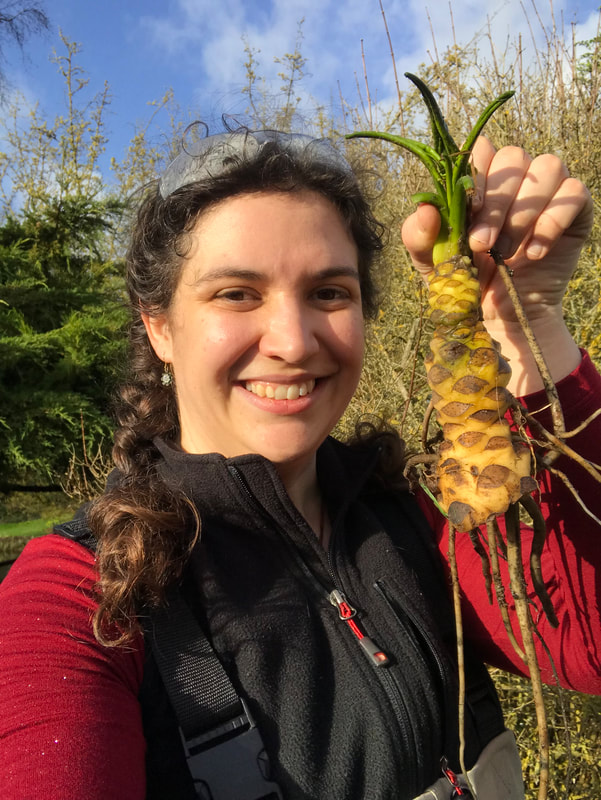


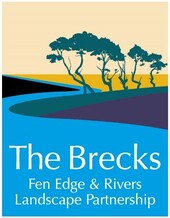

 RSS Feed
RSS Feed
